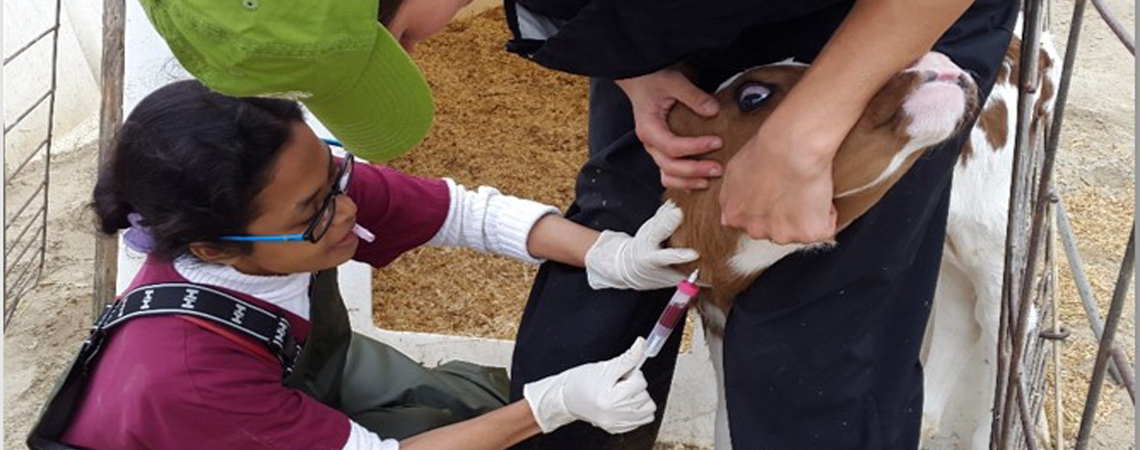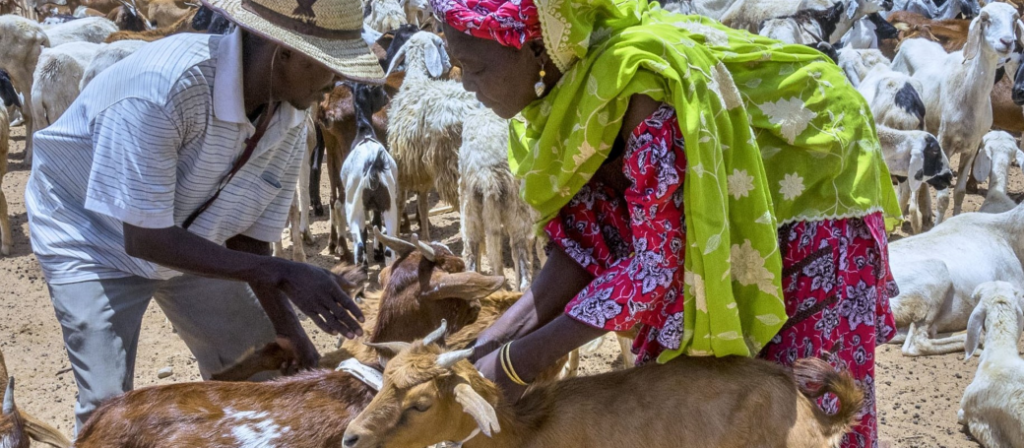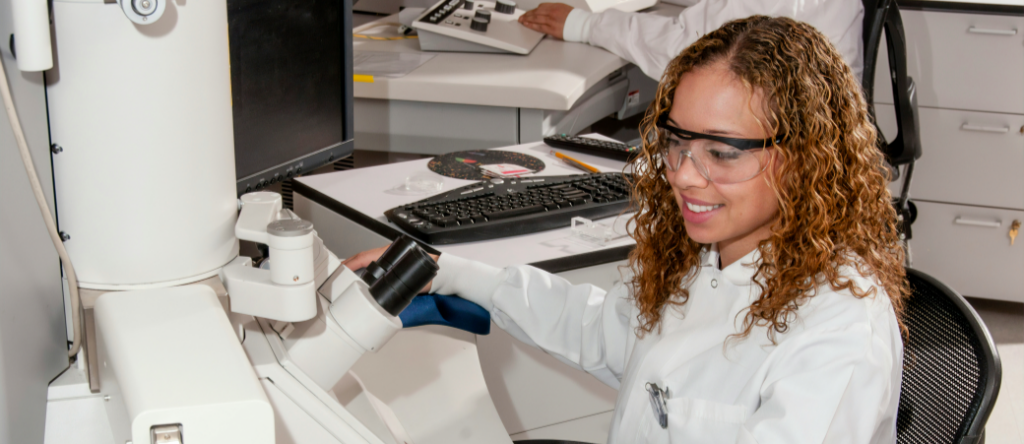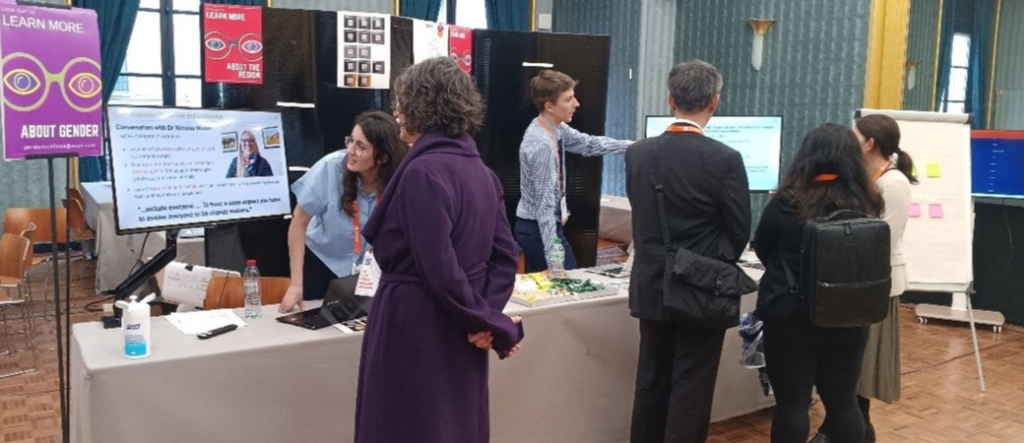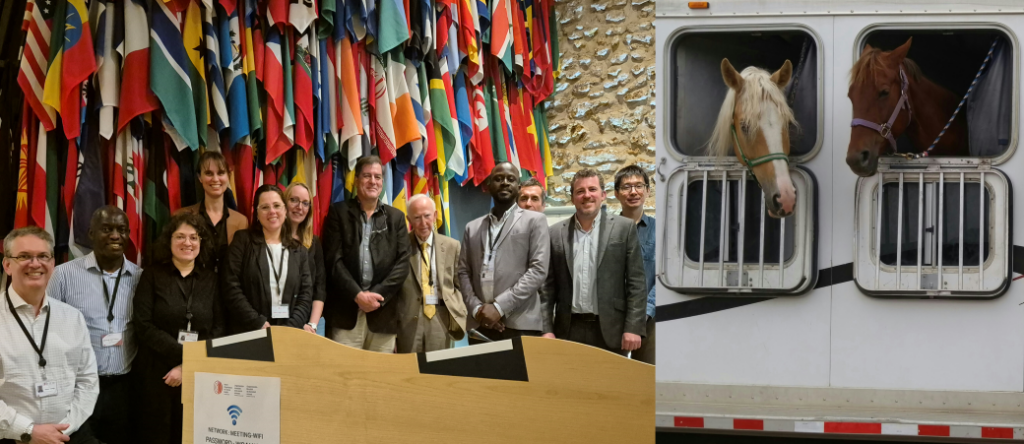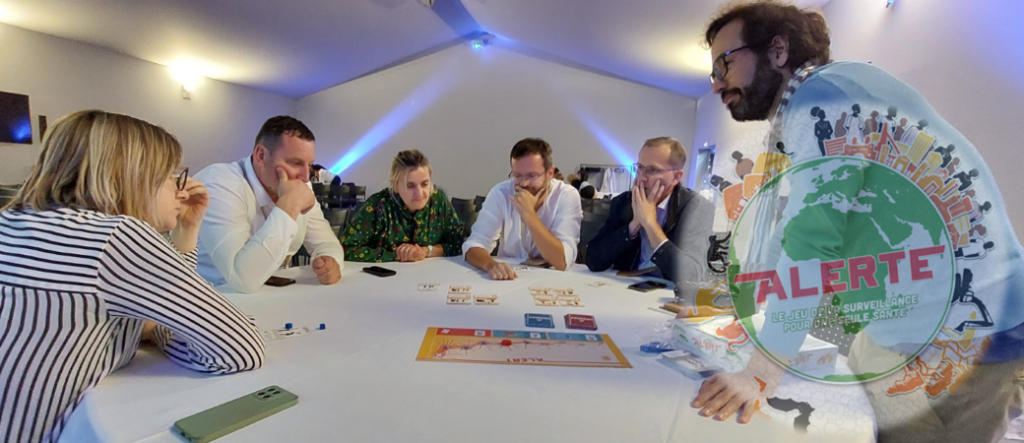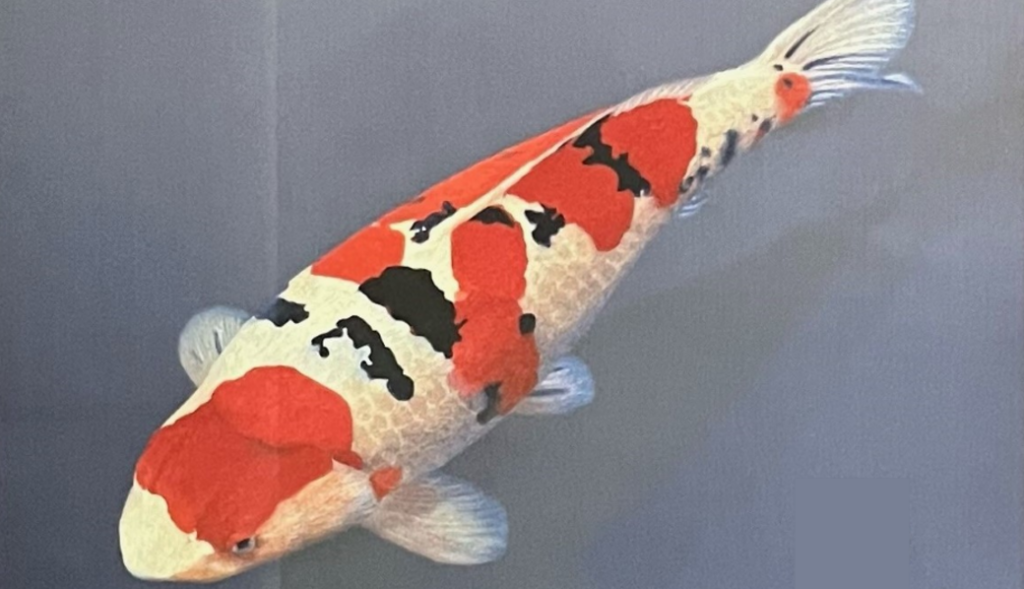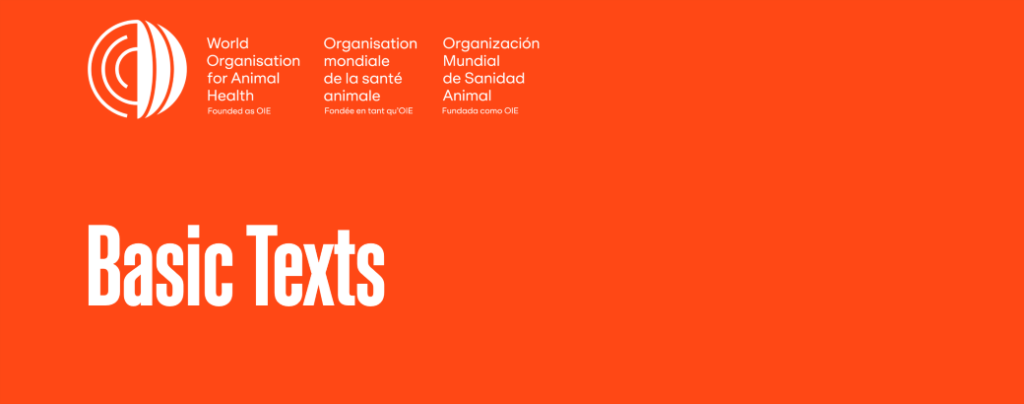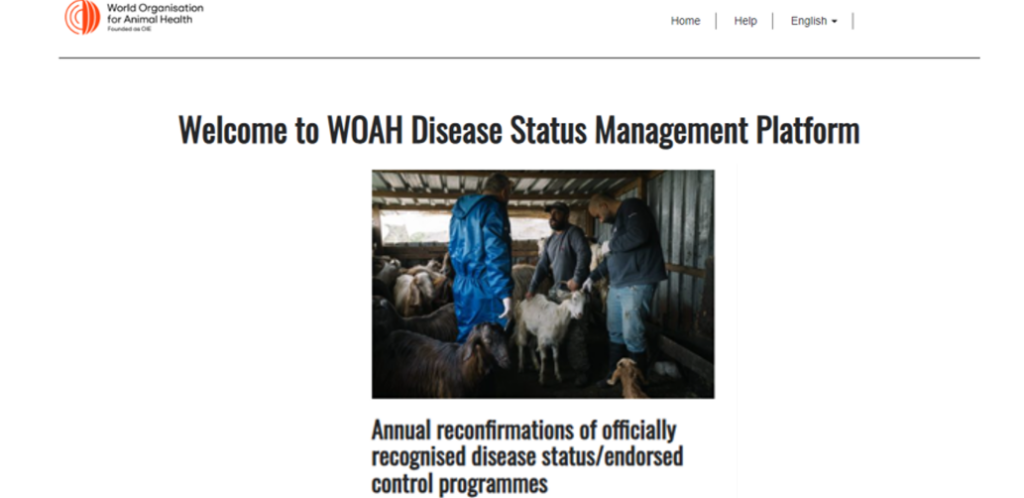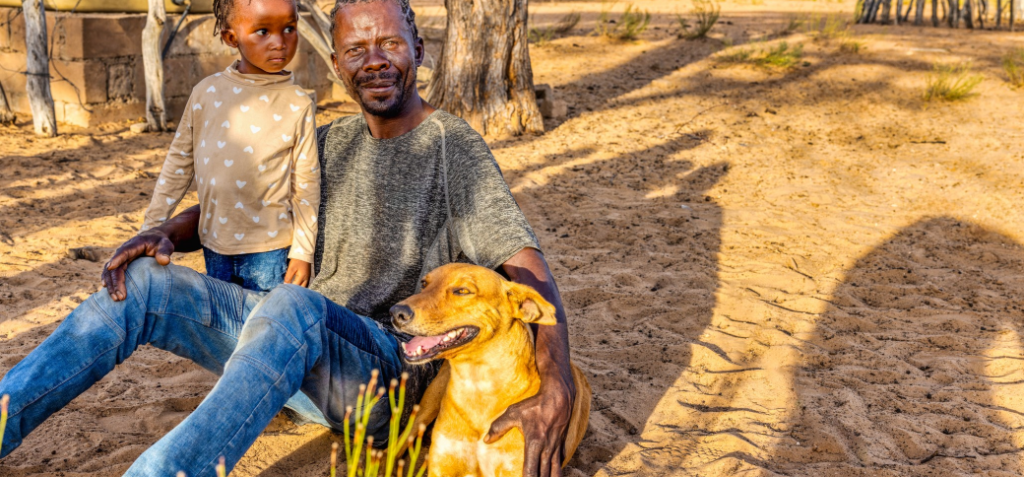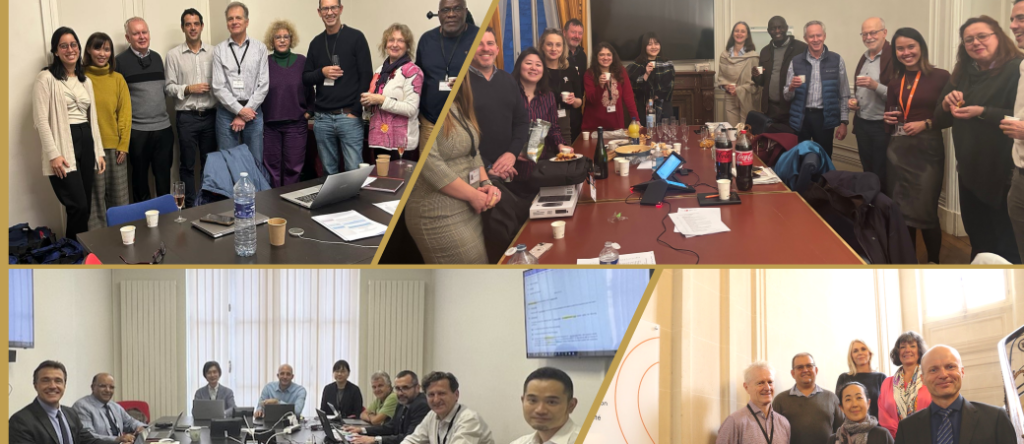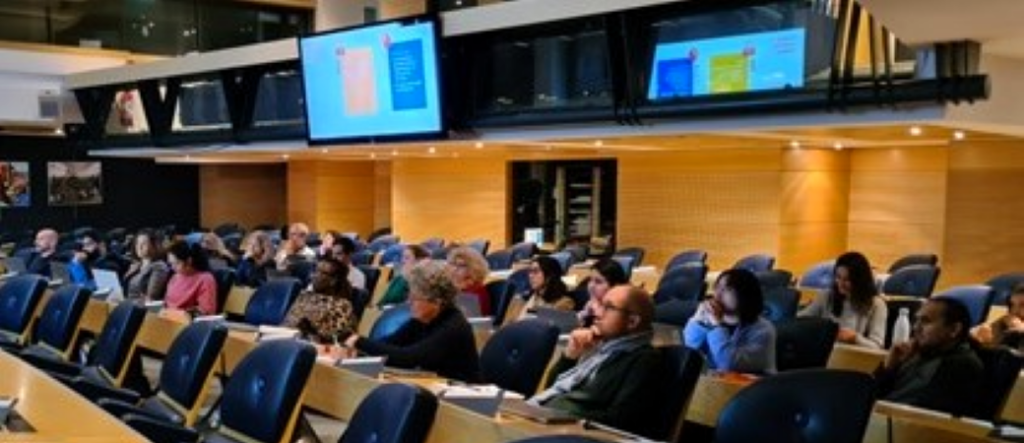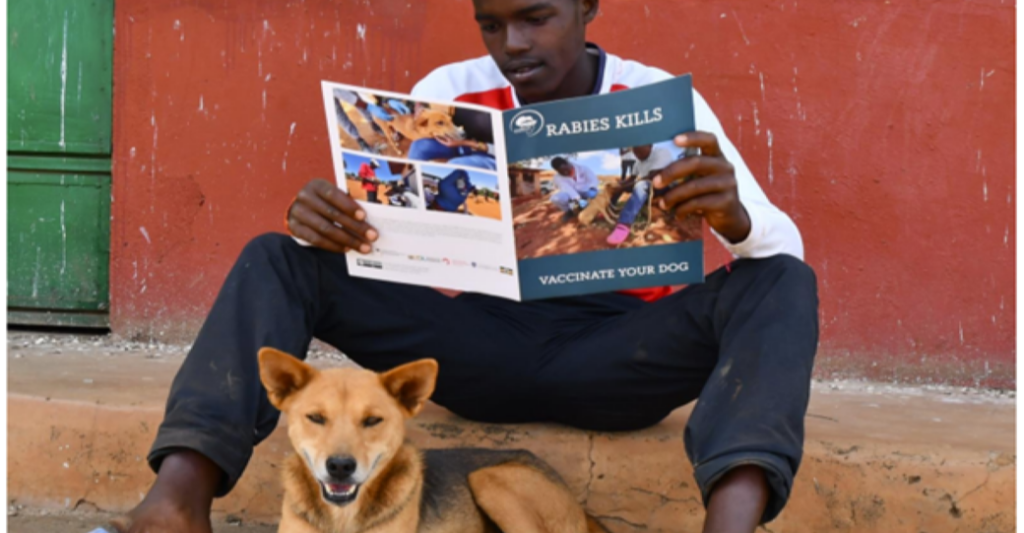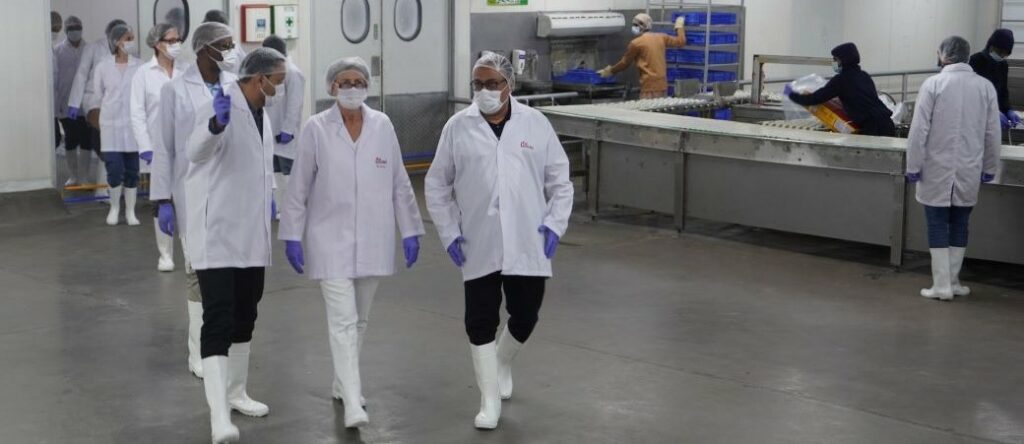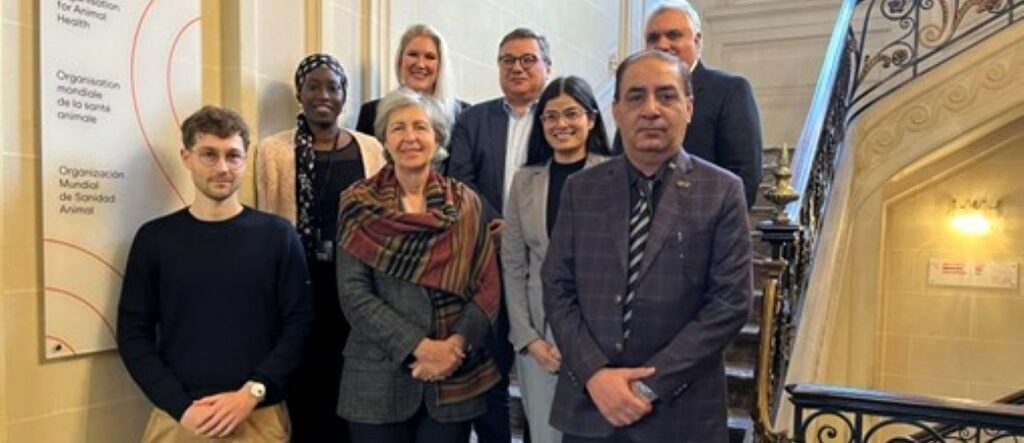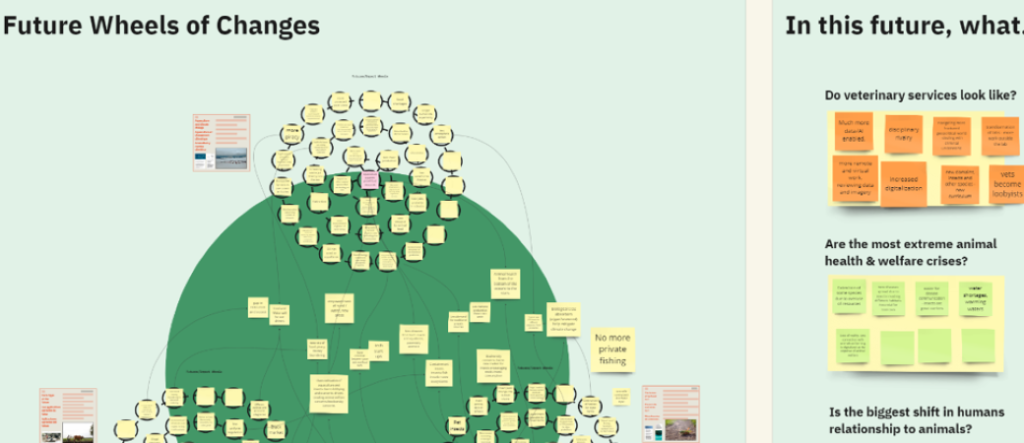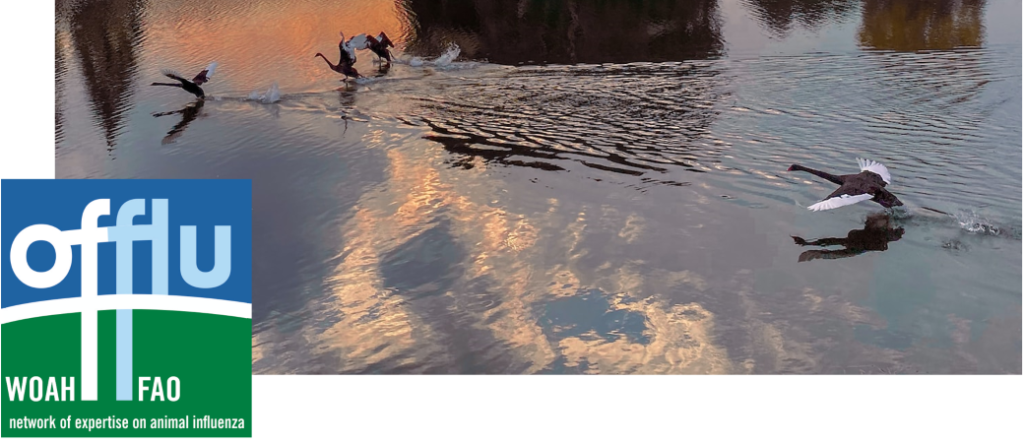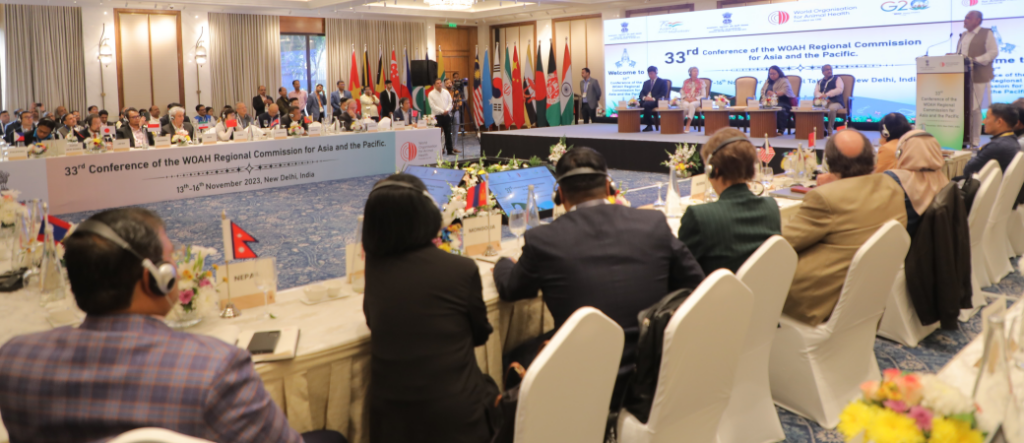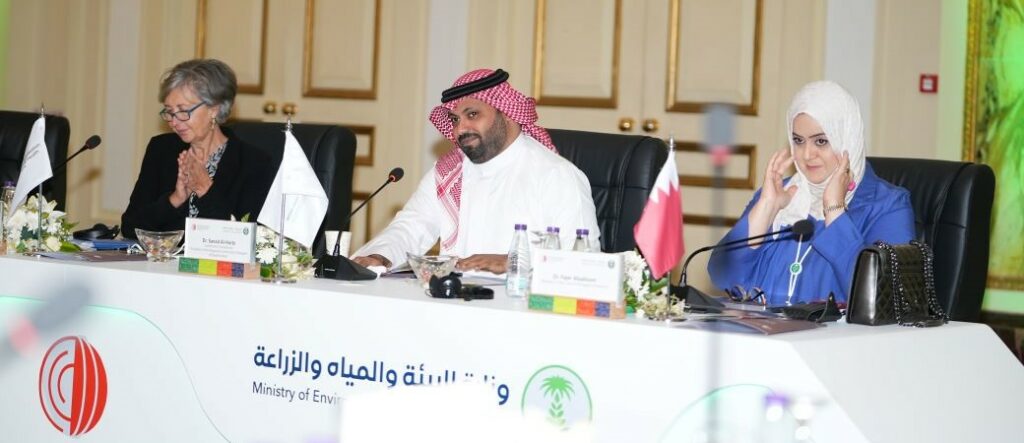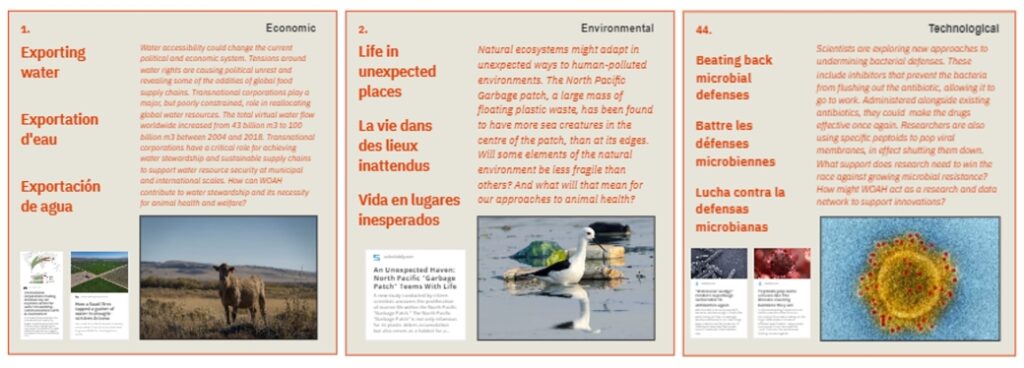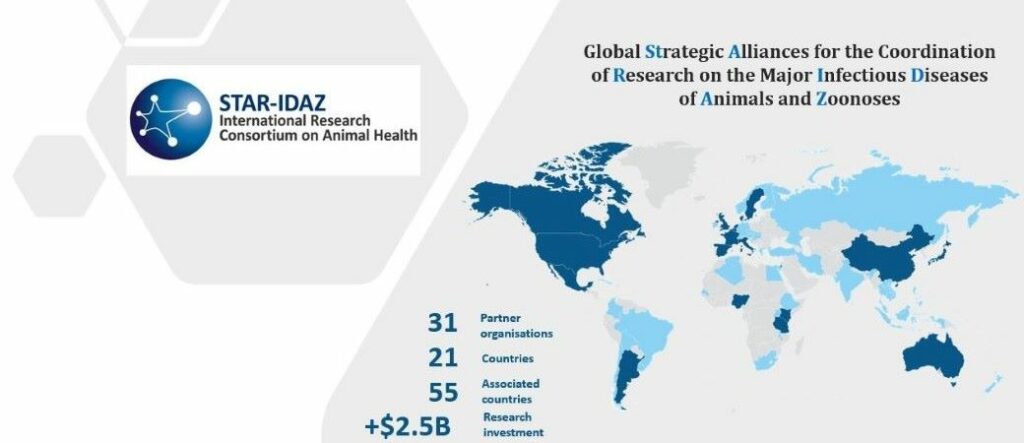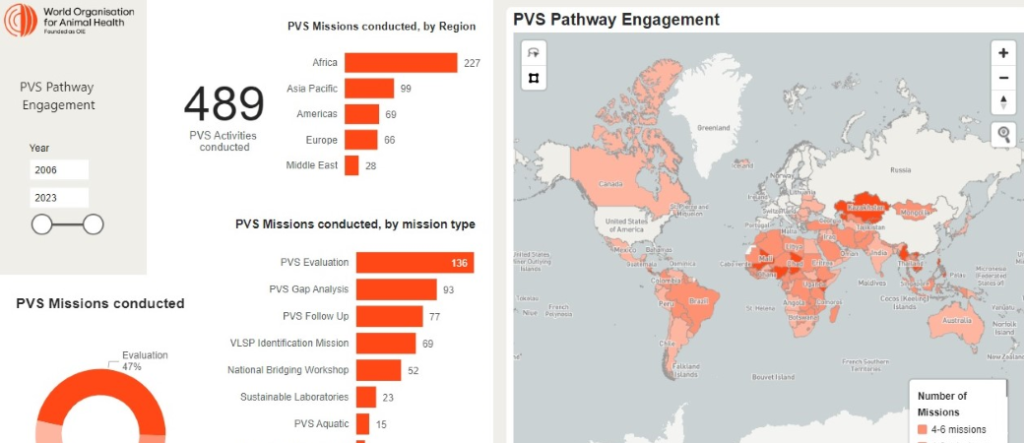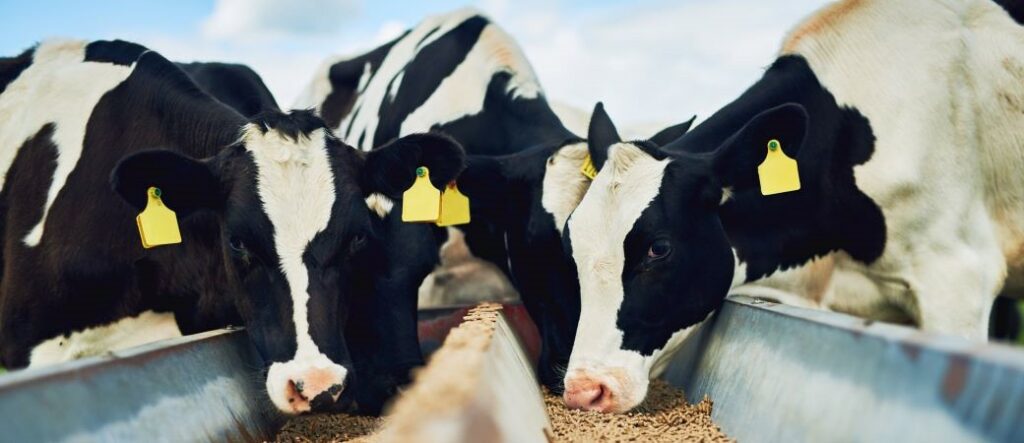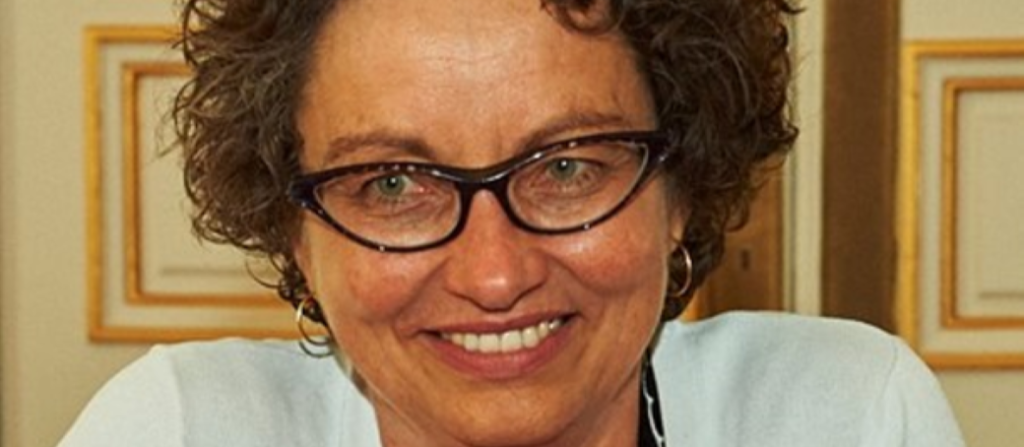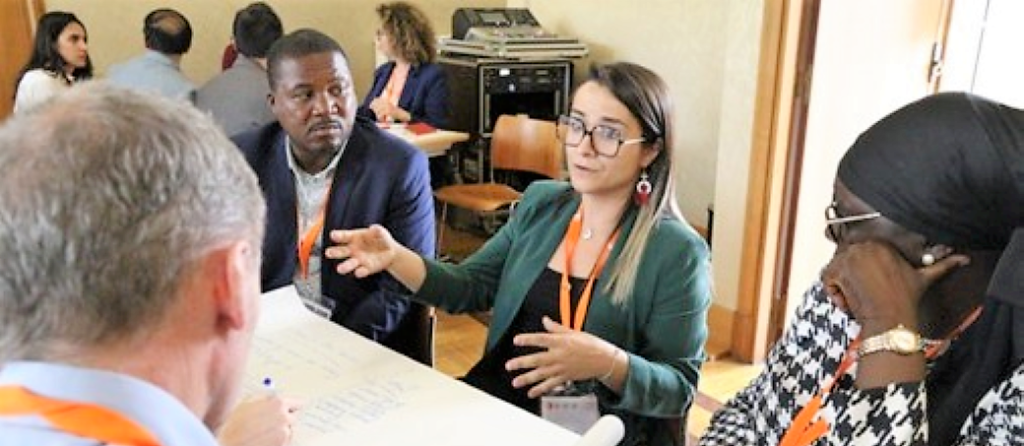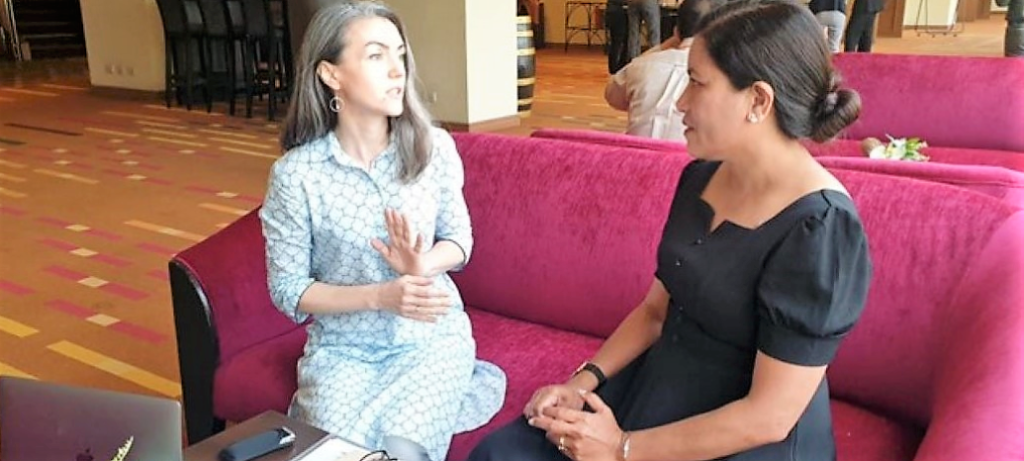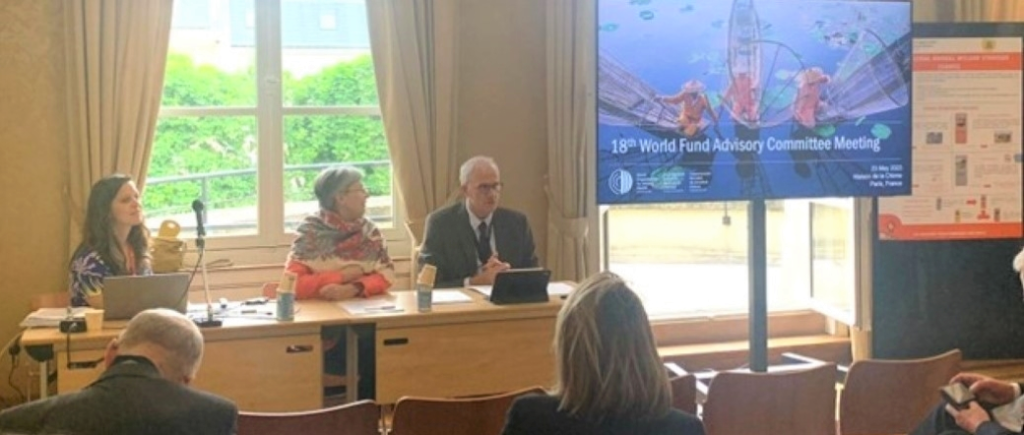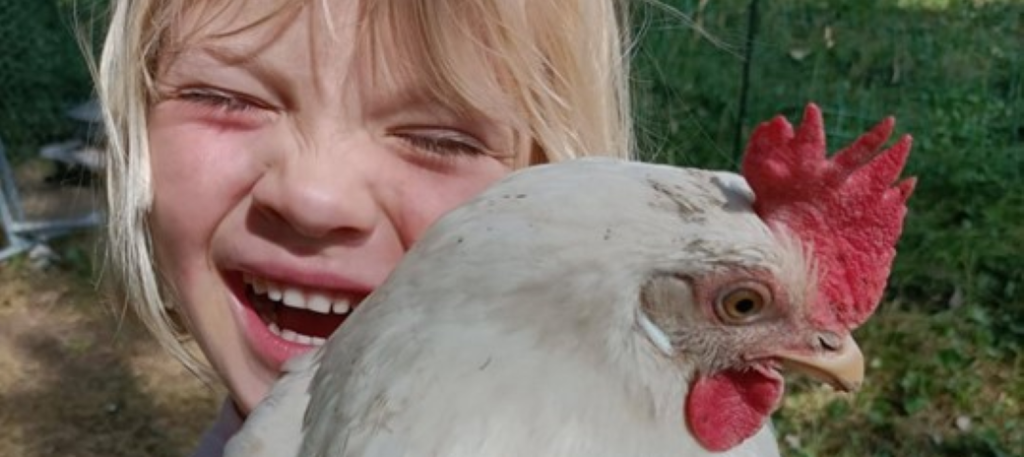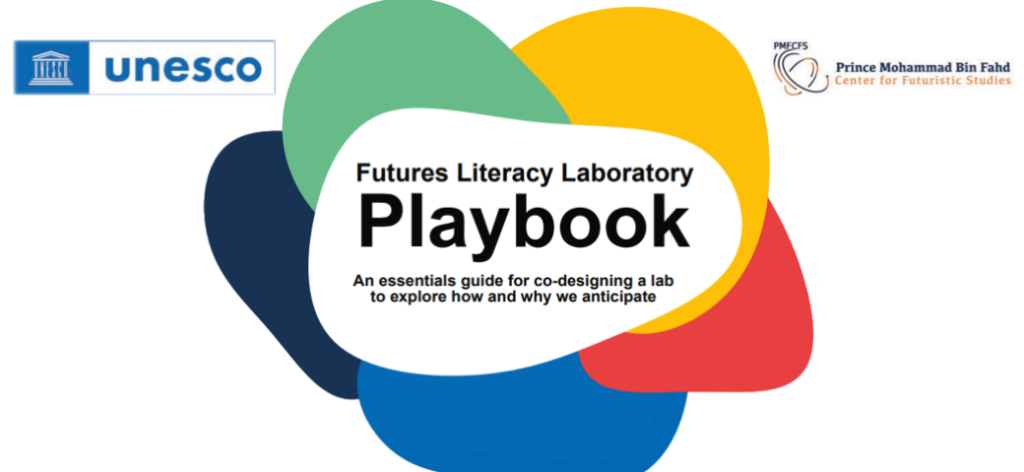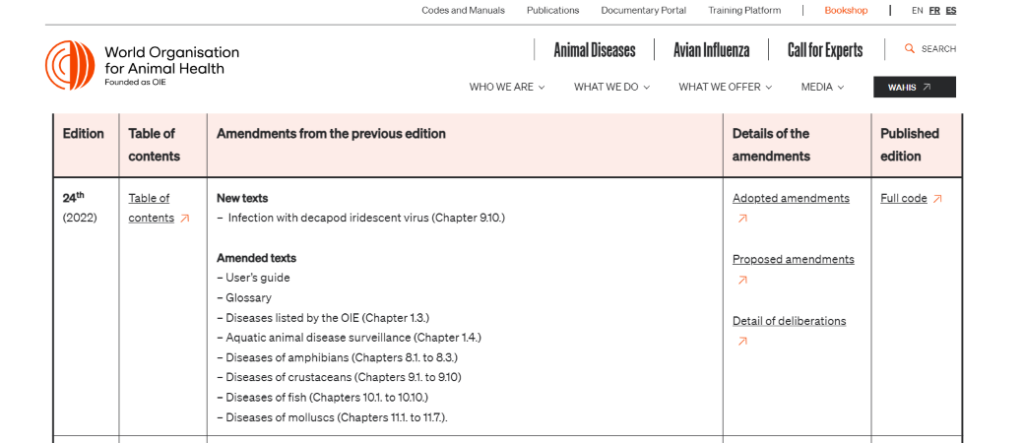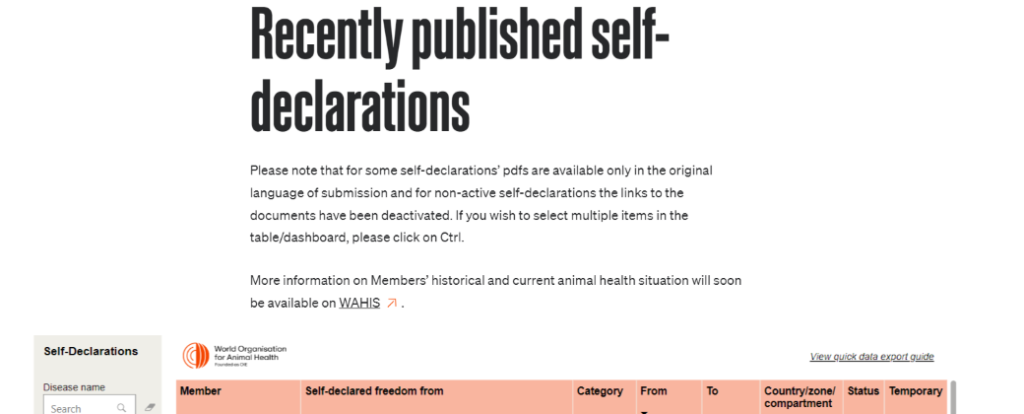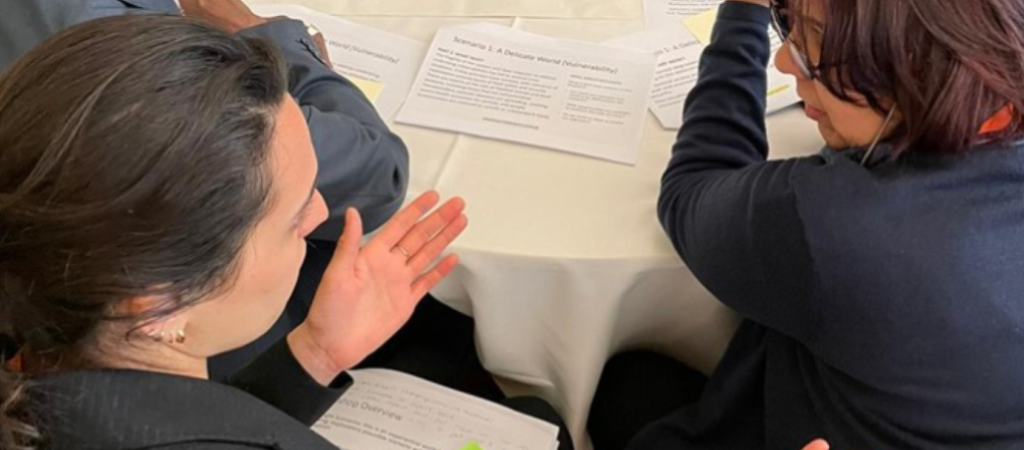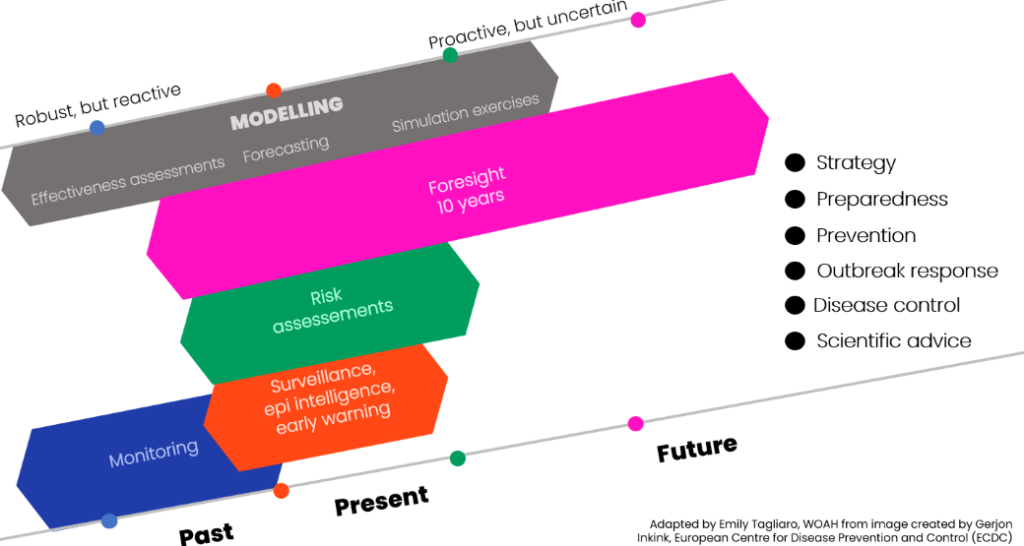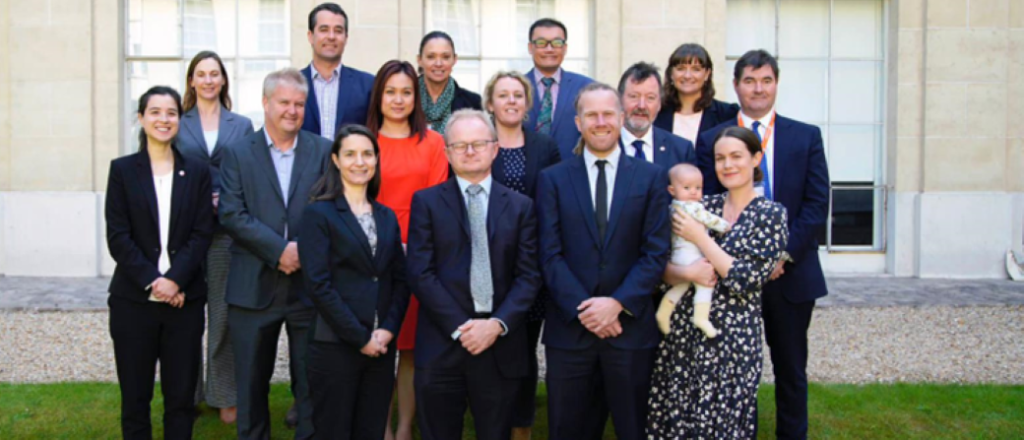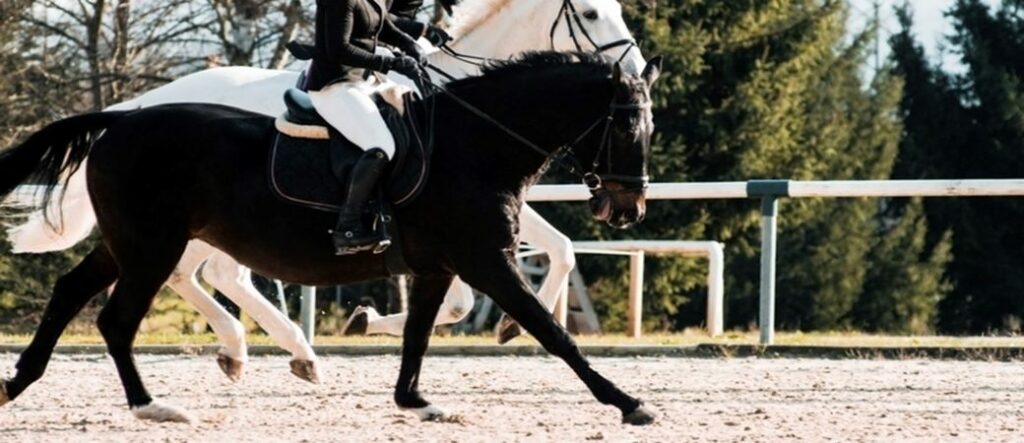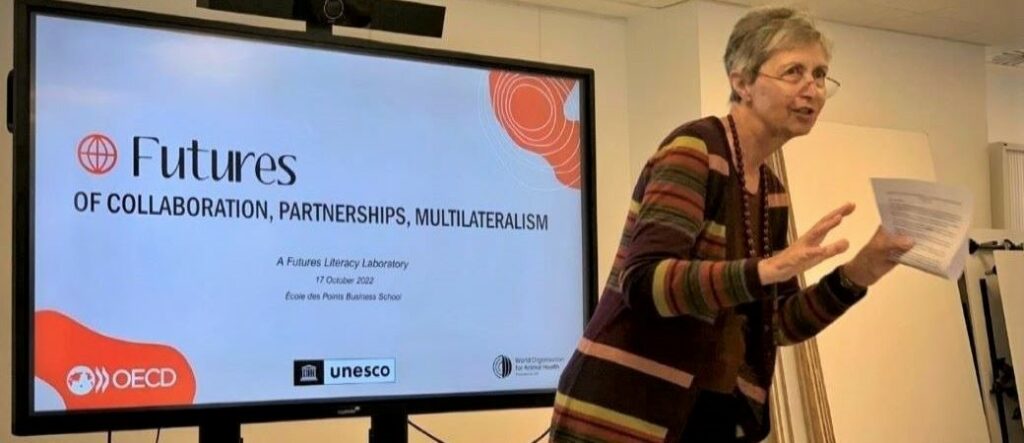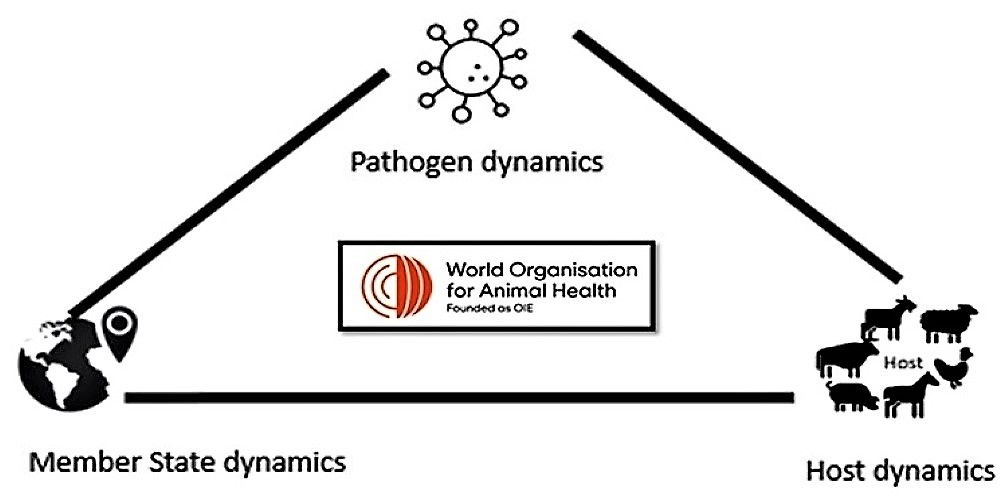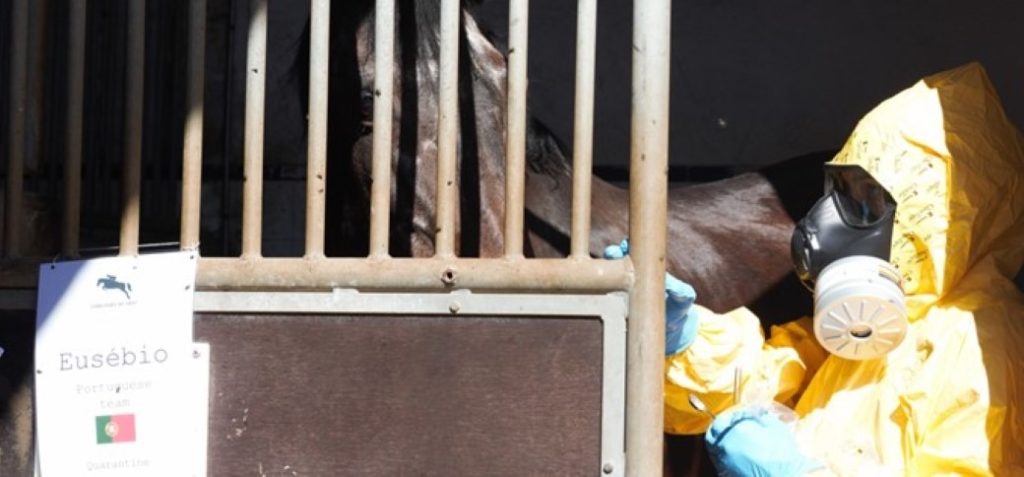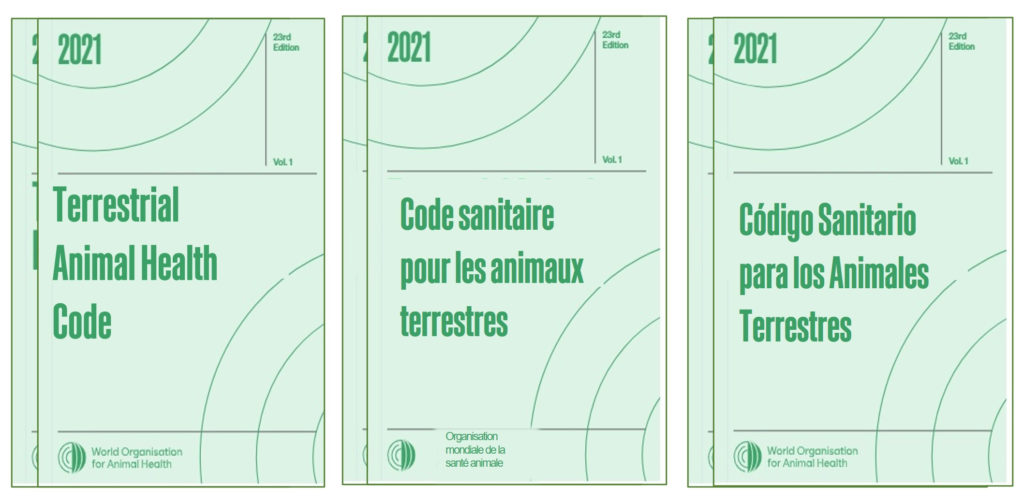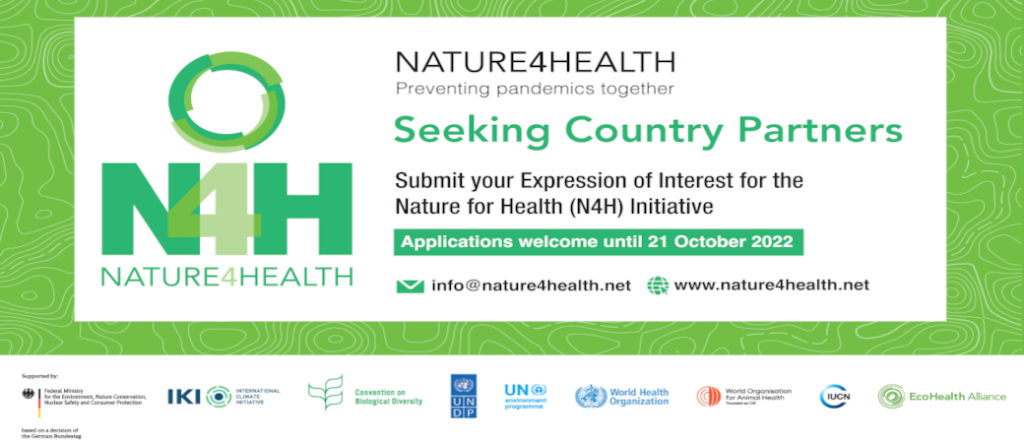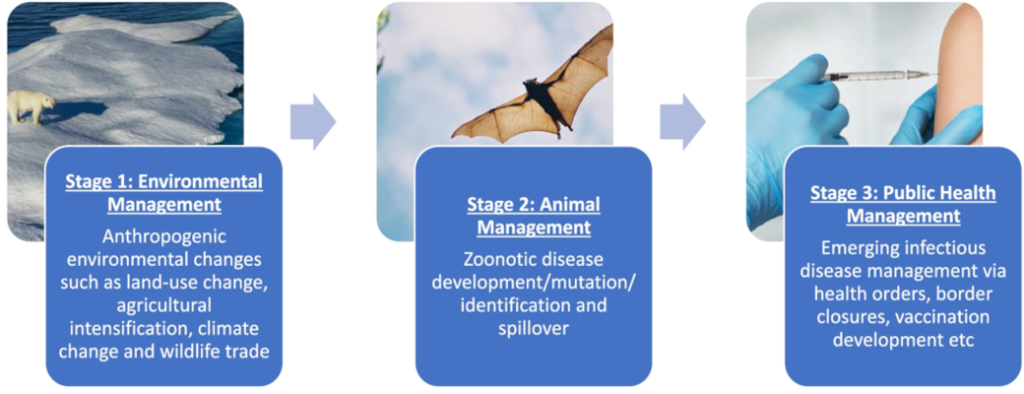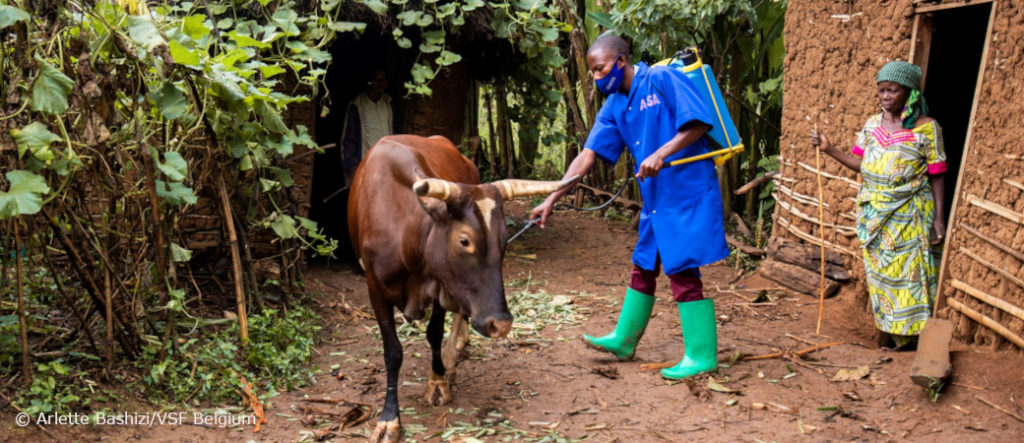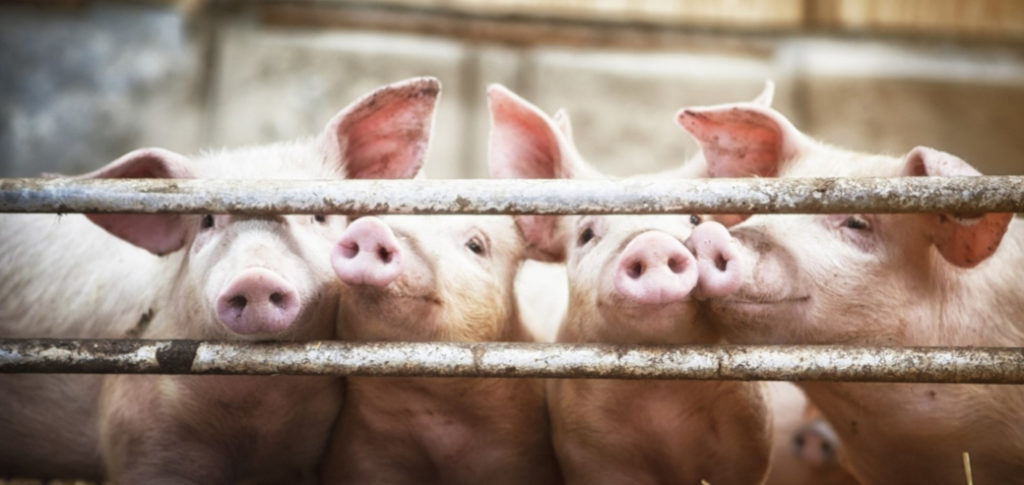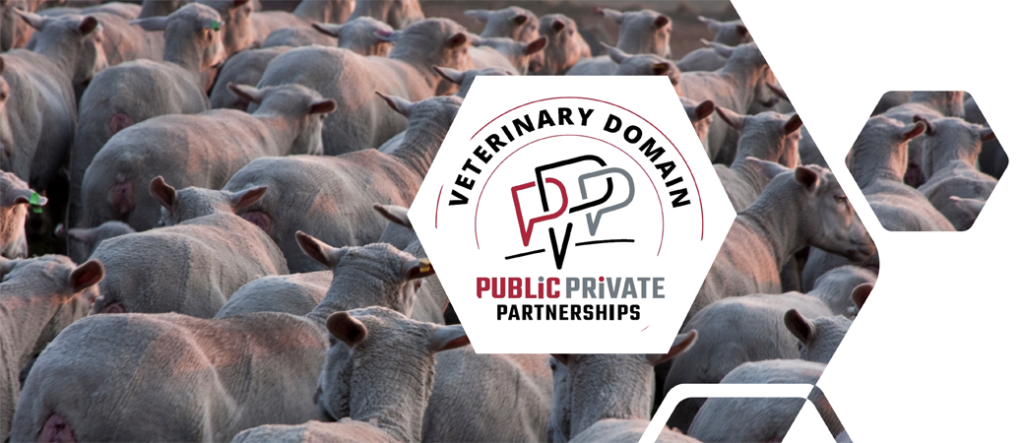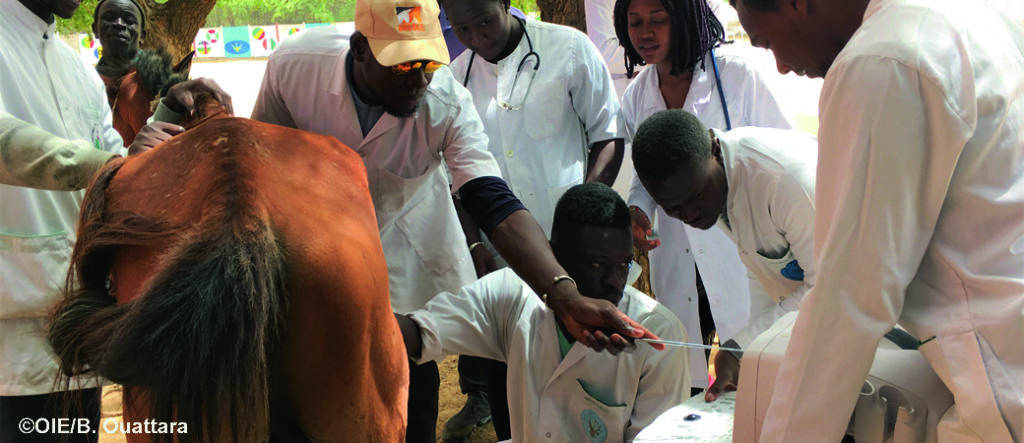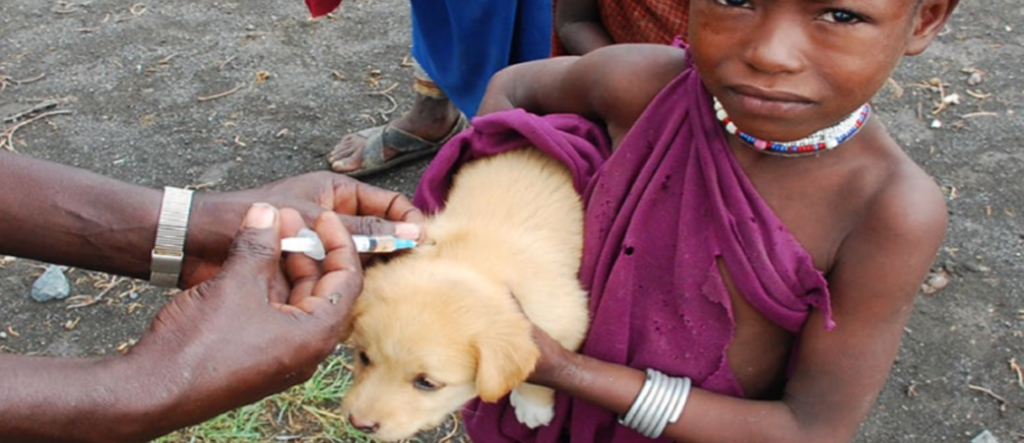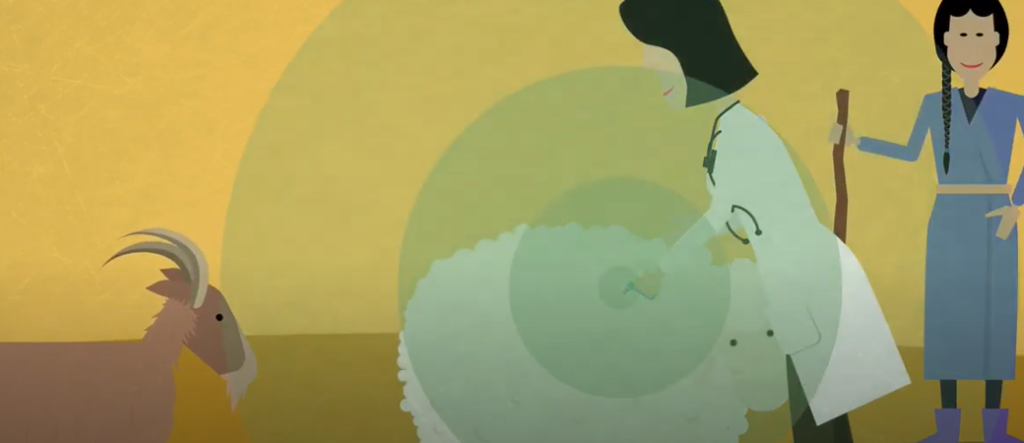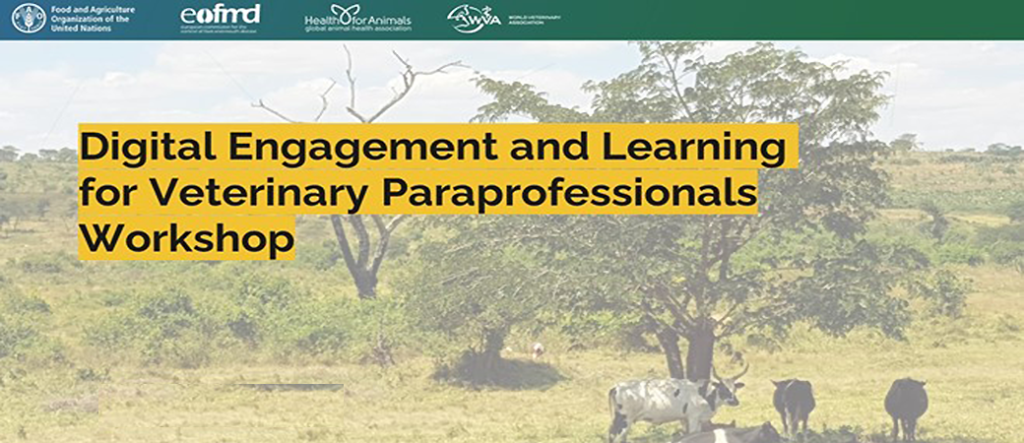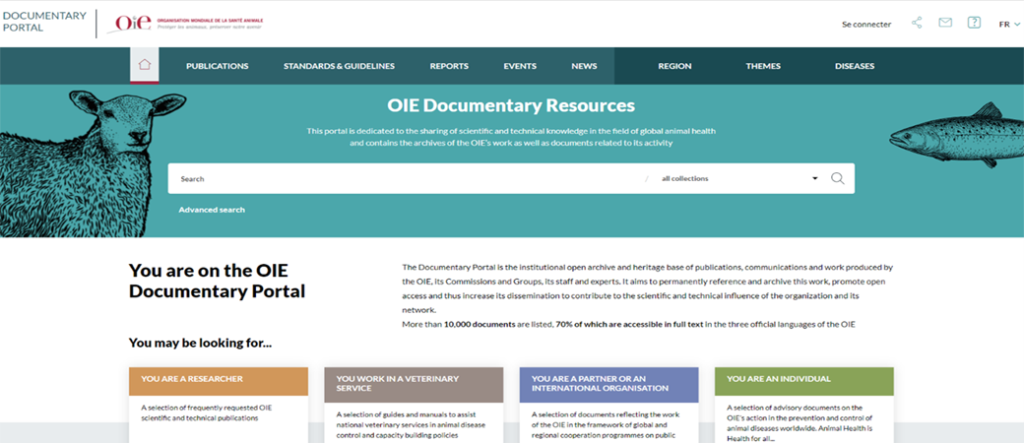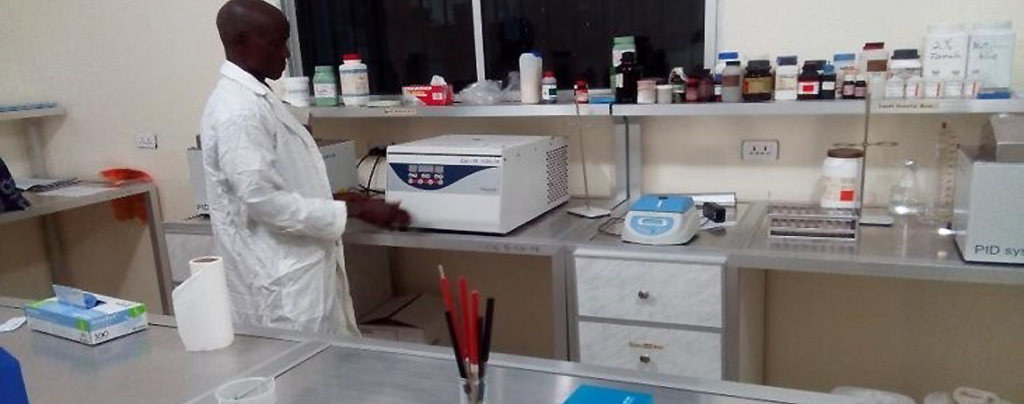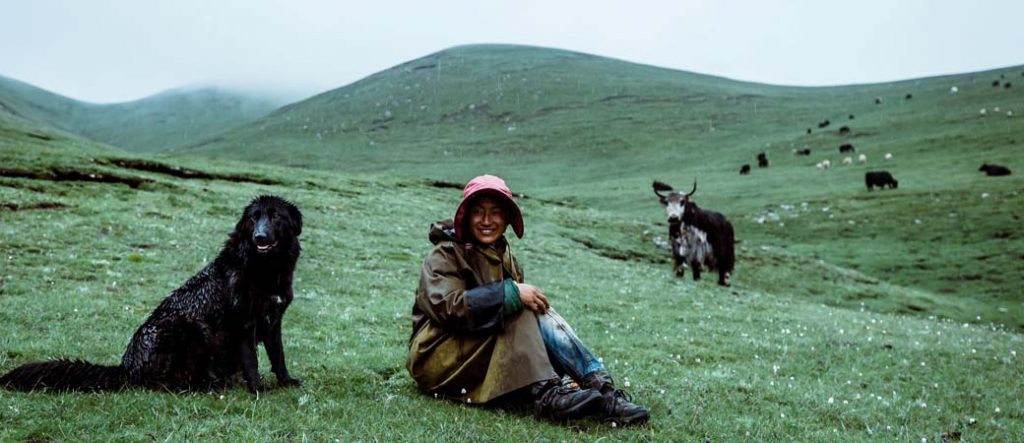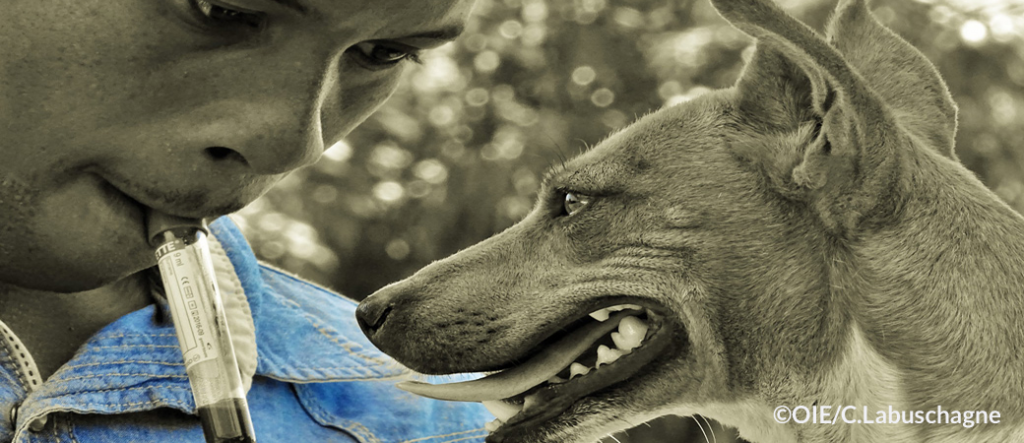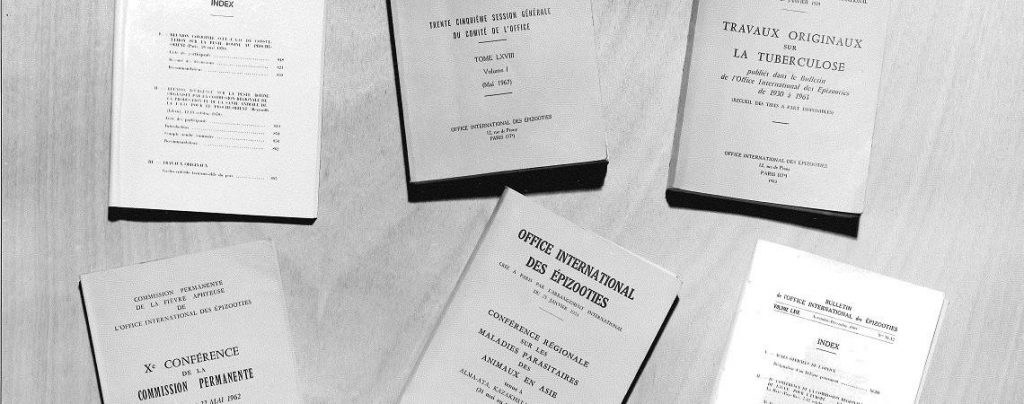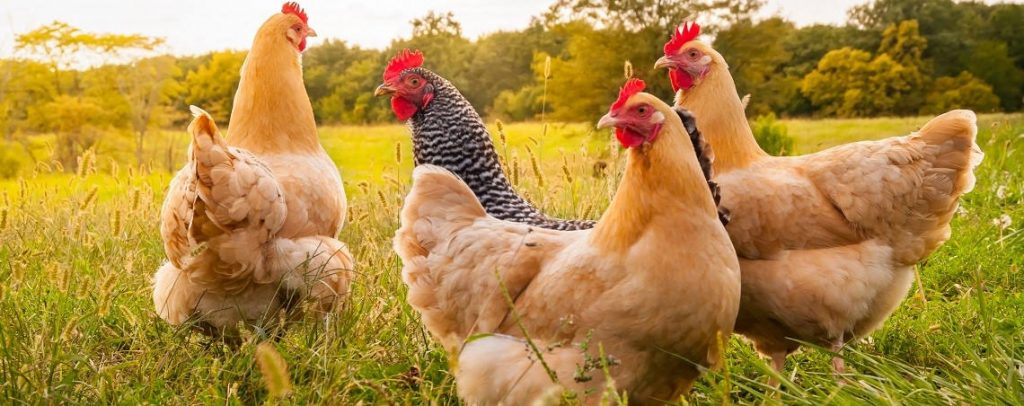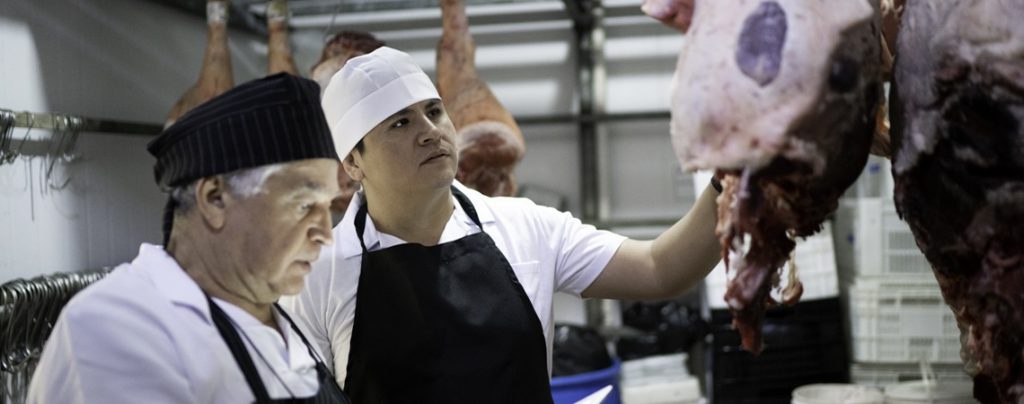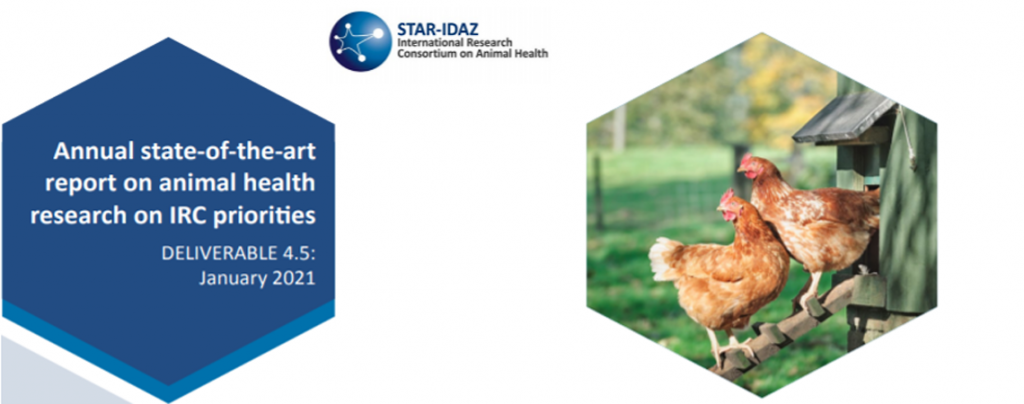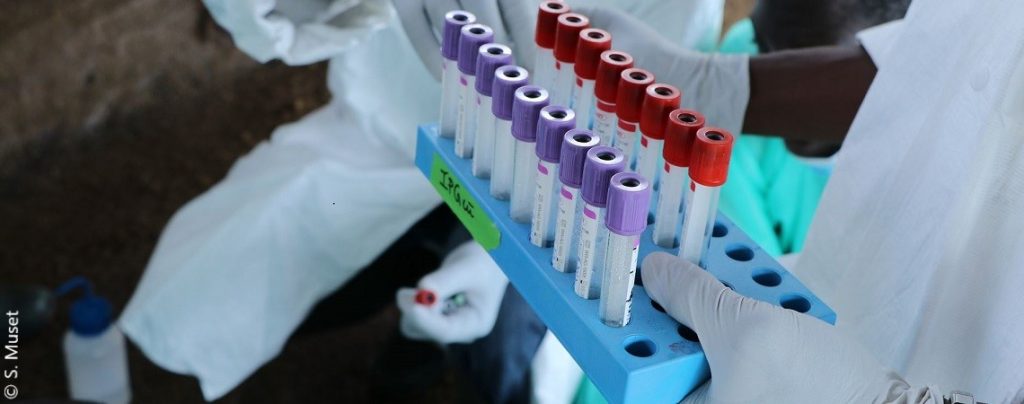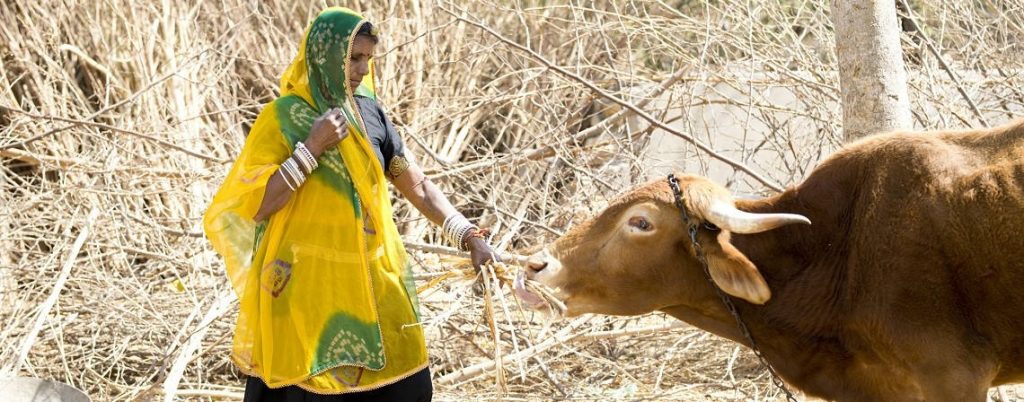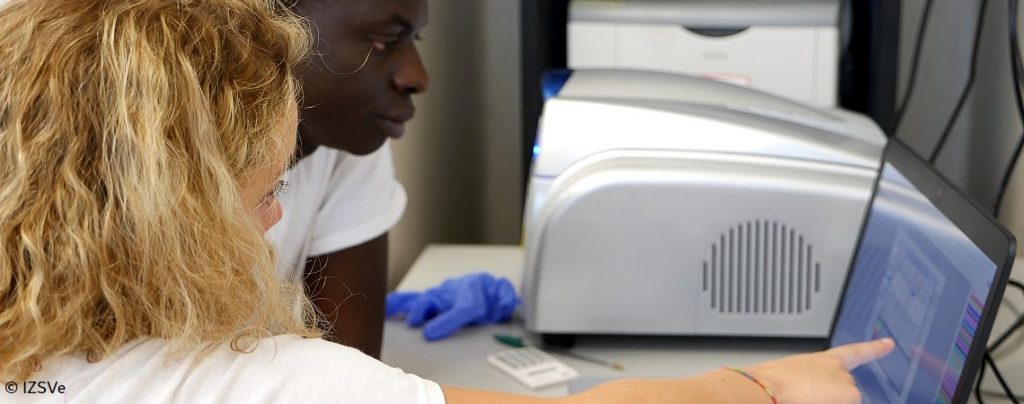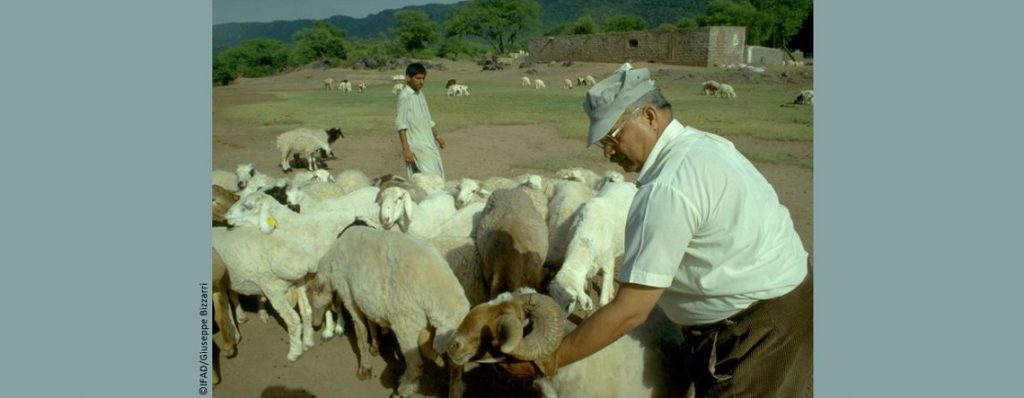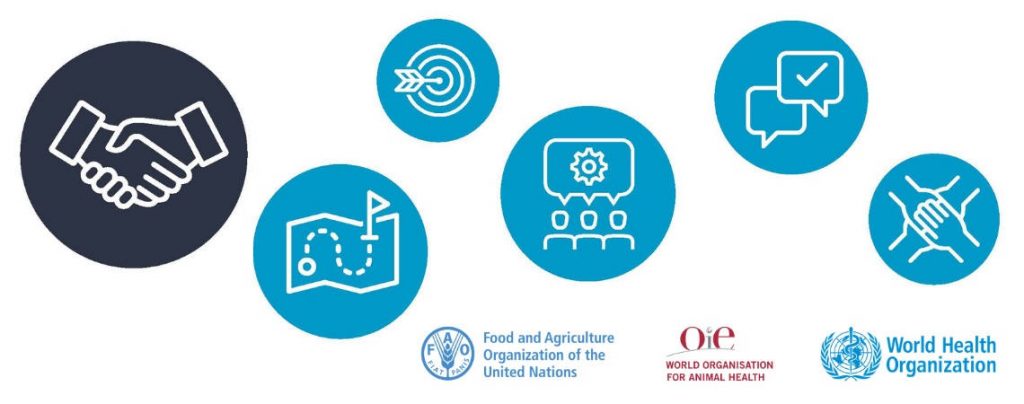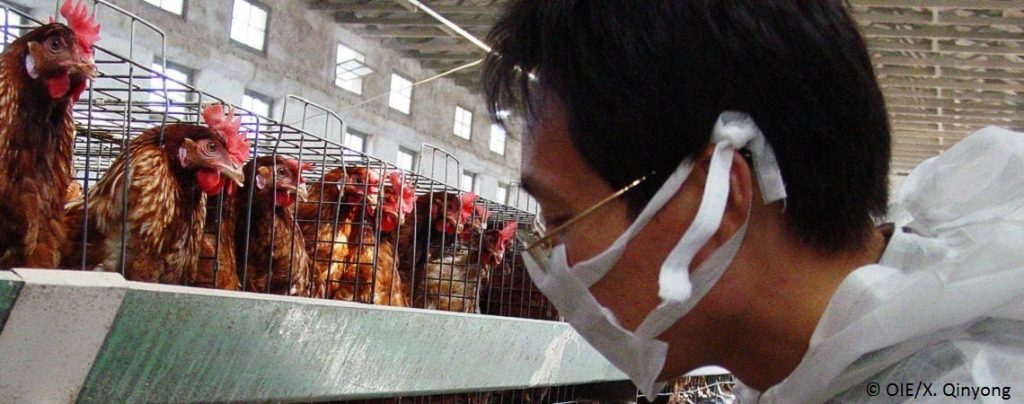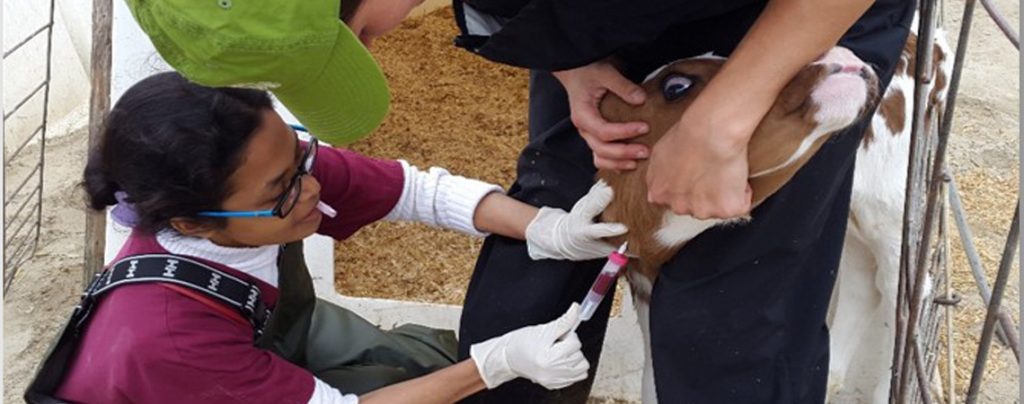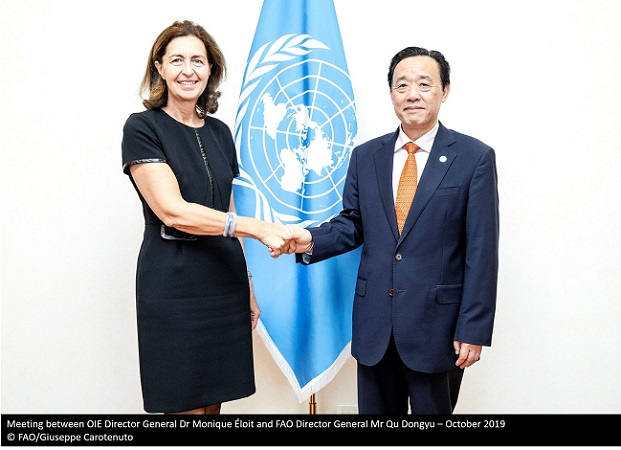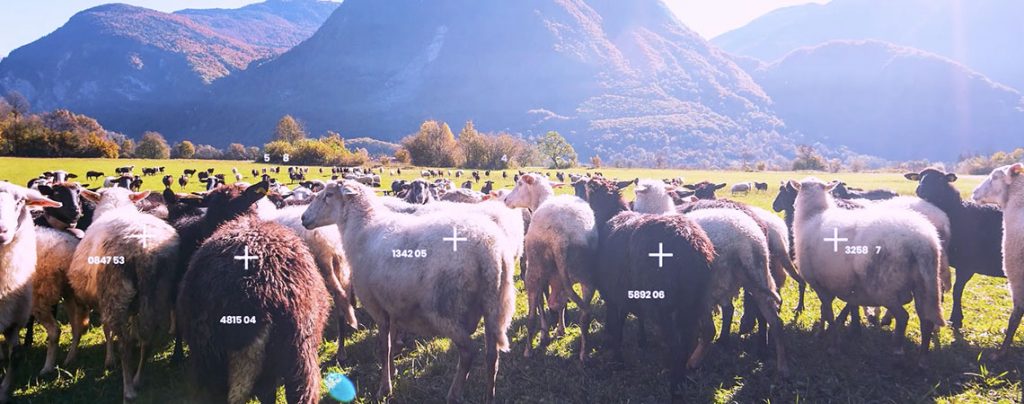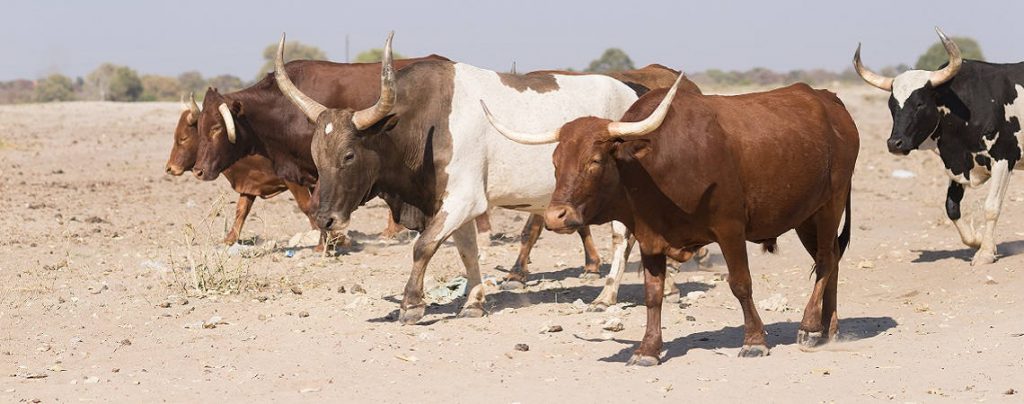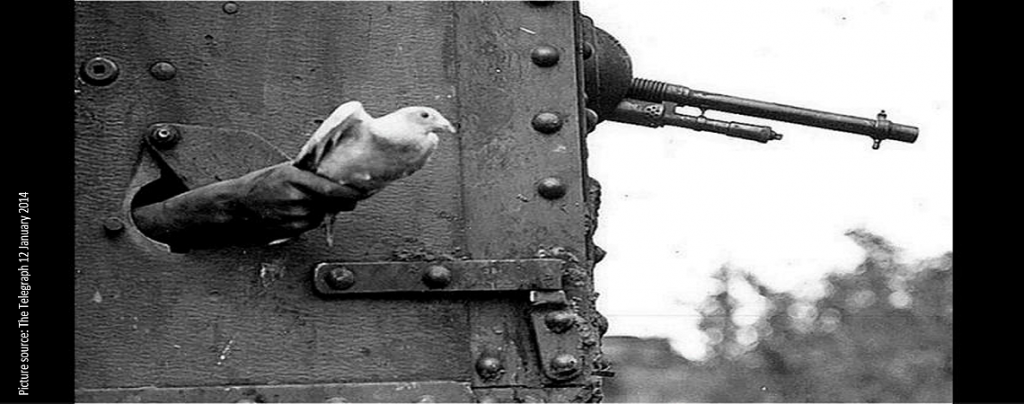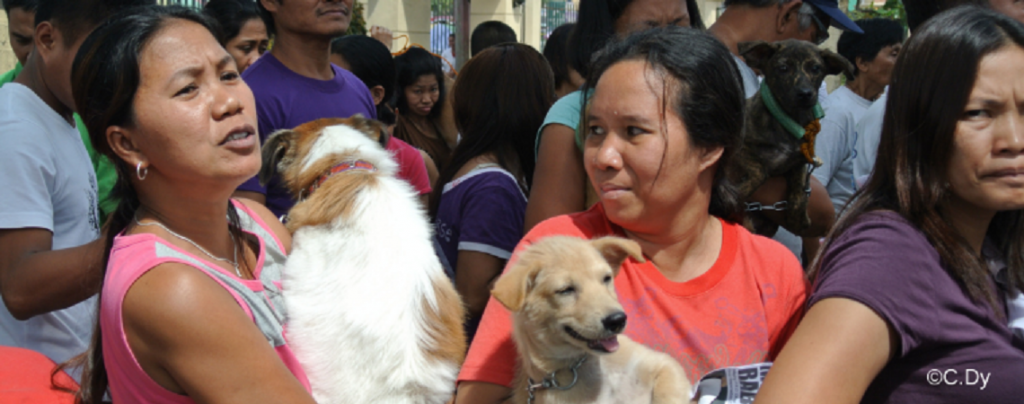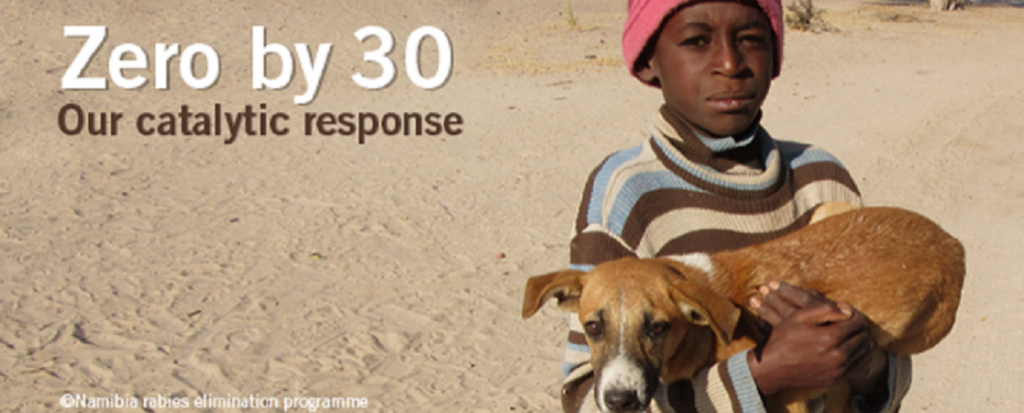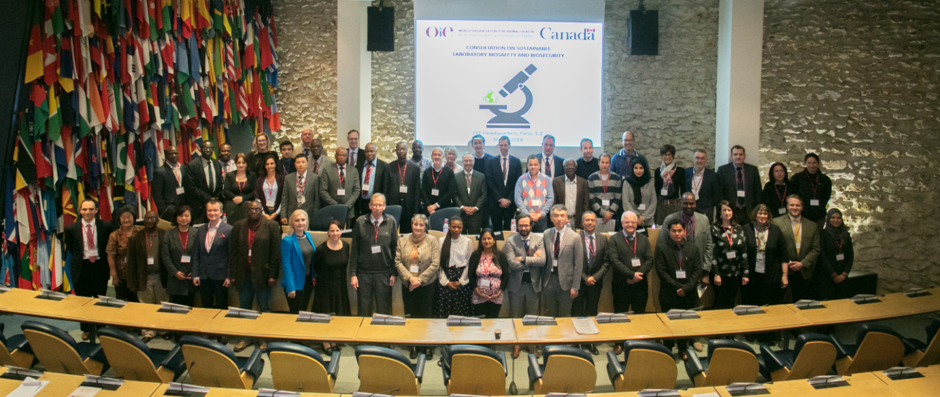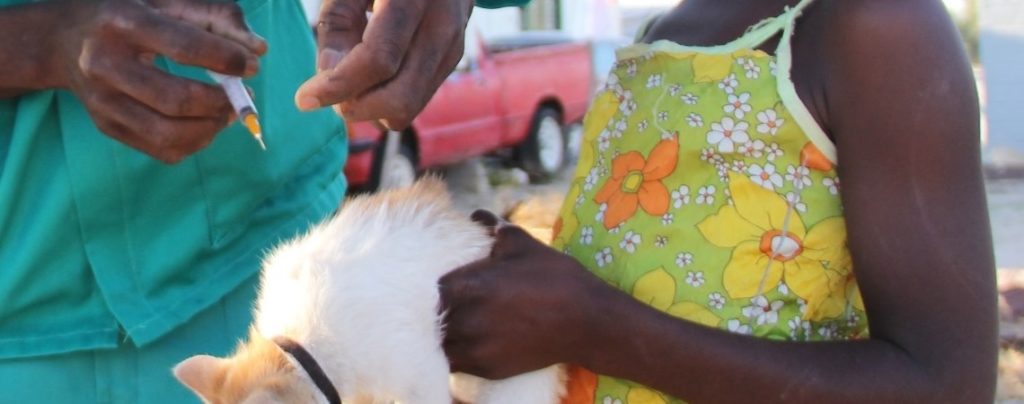CONTINUOUS INFORMATION Posted on 2020-02-20 11:45:52
Twinning is winning
Twinning is winning. The successful completion of an OIE-backed veterinary education twinning project in Bangladesh
The veterinary education twinning project between the United States of America (USA) and Bangladesh has proven to be a winner and has allowed the Chattogram (former Chittagong) Veterinary and Animal Sciences University (CVASU) in Chattogram, Bangladesh to improve its DVM curriculum by aligning with the OIE’s recommended core curriculum and day-one competencies, introducing active learning methods (Problem Based Learning: PBL) and implementing continuing education (CE) programmes. The project’s success was facilitated by mutual respect for different cultural views and open discussion of perceived limitations and collaborative approaches, and it has achieved an impact well beyond CVASU. This is evidenced by the newer veterinary schools that have adopted the CVASU curriculum, the others that have requested training in PBL, the deans who are engaged in improving veterinary curricula and clinical training, and the organisation of national CE programmes for veterinarians in Bangladesh.
A closer look at the project
With the aim of helping to contain the spread of zoonotic diseases – those transmitted between animals and humans – in 2014, the OIE funded and helped to orchestrate the five-year twinning project between CVASU and Cummings School of Veterinary Medicine (Cummings School) at Tufts University in North Grafton, Massachusetts, USA, with the aim of establishing ongoing collaboration in curriculum development.
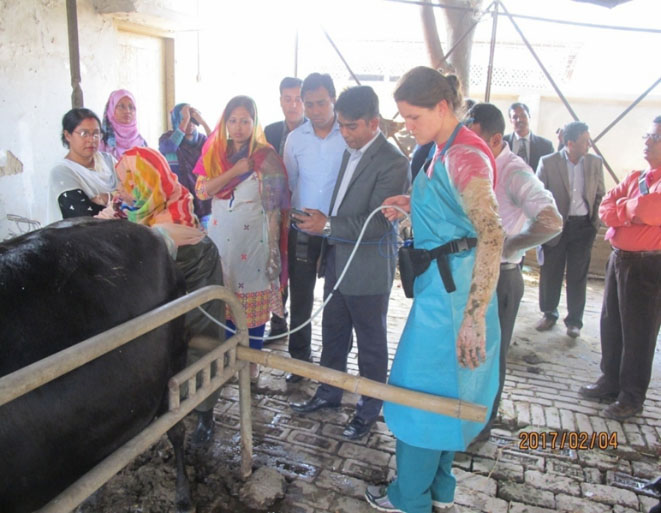 |
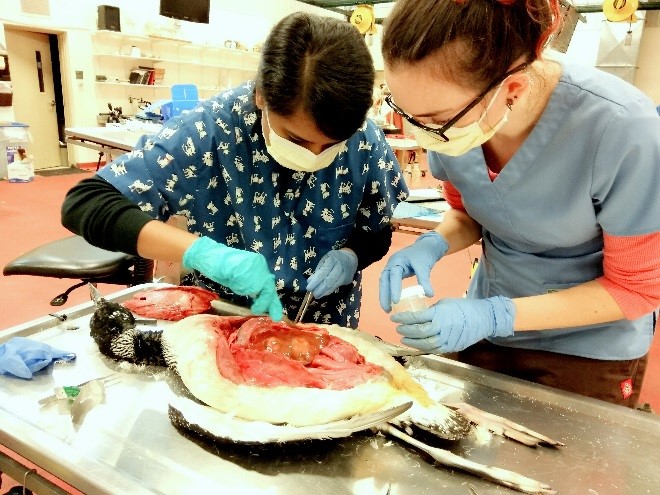 |
‘The exchange of knowledge goes both ways’
During the project, which concluded in 2019, students from CVASU undertook a seven-week visit to Cummings School, where they attended classes and completed clinical rotations – benefiting from more hands-on learning and exposure to advanced diagnostic tools, such as CT scans, MRI and PCR tests. And each summer, Cummings School students travelled to Bangladesh to study avian influenza, antibiotic residues, E. coli and rotavirus in food animals, and other global health challenges facing humans, animals and the environment. Some of the summer research findings were published in international scientific journals (Preventive Veterinary Medicine and Echo Health).
The primary goal of the twinning project was to align the CVASU veterinary curriculum with the OIE Recommendations on the Competencies of Graduating Veterinarians (‘Day 1 Graduates’) to Assure National Veterinary Services of Quality and the OIE Guidelines on Veterinary Education Core Curriculum. In order to produce competent veterinarians, the CVASU veterinary curriculum required relevant content and student-centred active learning methods, such as PBL and hands-on clinical training. In addition, to maintain the level of competency beyond graduation, a CE programme needed to be developed and implemented. Together, these objectives drove the twinning project over the last five years.
Working together step by step
Faculty members from both CVASU and Cummings School began the twinning project by comparing the existing curriculum at CVASU with OIE recommendations, discussing whether to include or expand certain topics in the curriculum, and together they developed a list of recommendations. CVASU faculty members were then charged with revising the curriculum based on these recommendations. To ensure that relevant topics were covered in appropriate courses, they were also asked to provide a list of outcome-based learning objectives, major contents and references for each course. A final workshop was devoted to ensuring that the revised curriculum aligned with OIE recommendations.
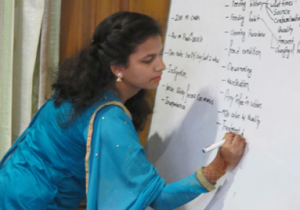 Attention was next directed towards adopting active learning methods, such as PBL, and improving clinical training at CVASU. To demonstrate how PBL helps students become better learners, the twinning project created a series of seminars and workshops for CVASU faculty members that covered PBL basics and the facilitation of PBL sessions (using cases developed at Cummings School), and then helped these faculty members to try their hand at preparing their own PBL cases. CVASU faculty members ultimately agreed to make PBL part of their curriculum – developing 23 PBL cases relevant to veterinary care in Bangladesh.
Attention was next directed towards adopting active learning methods, such as PBL, and improving clinical training at CVASU. To demonstrate how PBL helps students become better learners, the twinning project created a series of seminars and workshops for CVASU faculty members that covered PBL basics and the facilitation of PBL sessions (using cases developed at Cummings School), and then helped these faculty members to try their hand at preparing their own PBL cases. CVASU faculty members ultimately agreed to make PBL part of their curriculum – developing 23 PBL cases relevant to veterinary care in Bangladesh.
To improve clinical training, which was necessary to meeting the OIE’s recommended ‘Day 1’ competencies, the twinning project helped CVASU partner with more established training sites in Bangladesh and India, while providing CVASU students and faculty members with additional clinical training at Cummings School. A total of 253 students received clinical internship training at Madras Veterinary College, Namakkal Veterinary College and Research Institute, and Tamil Nadu Veterinary and Animal Sciences University (TANUVAS) in India. In addition, 16 students and 12 faculty members received clinical training at Cummings School, while 10 students from Cummings School conducted research at CVASU that resulted in three peer-reviewed publications and 10 internal research reports.
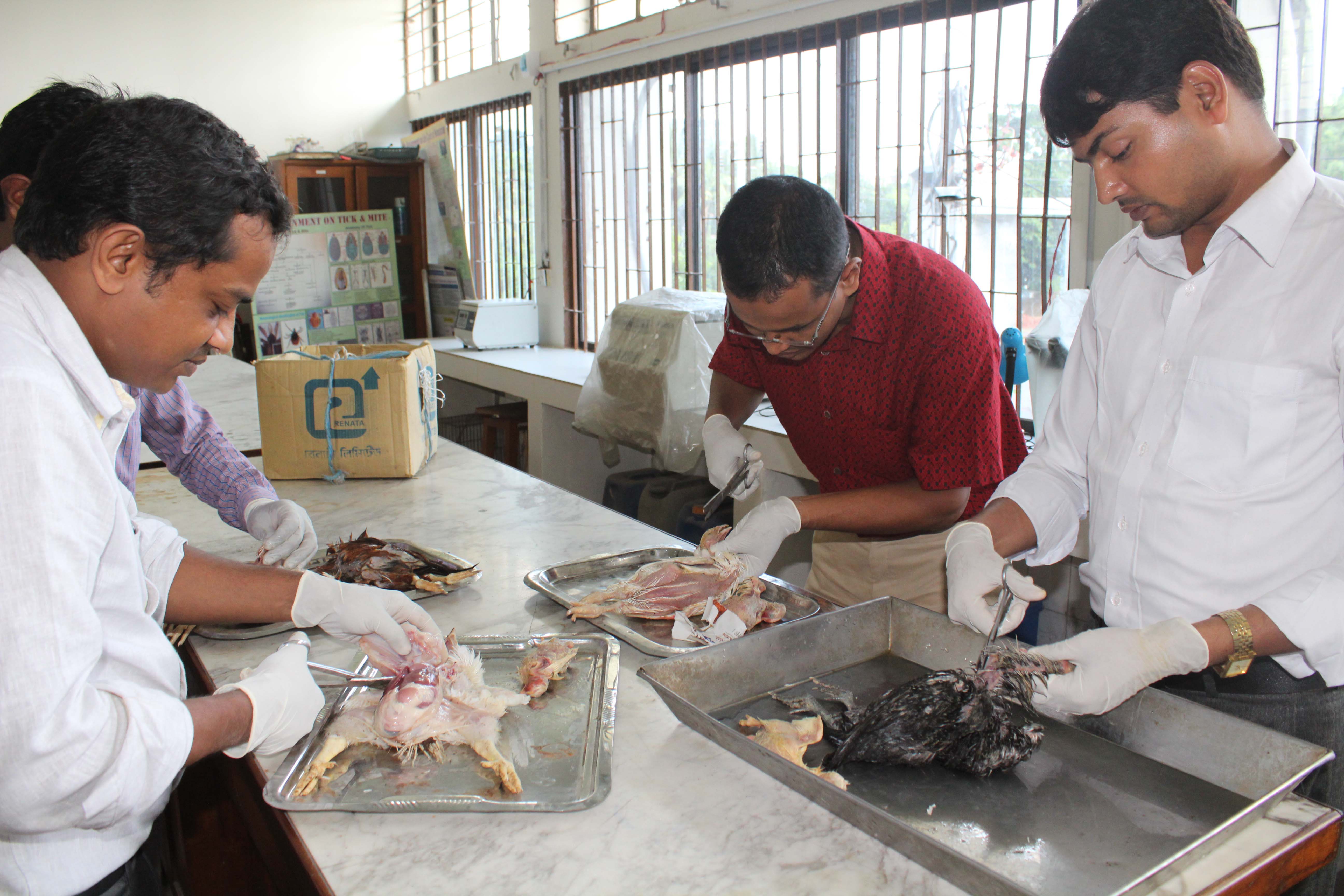
To facilitate and enhance clinical training in Bangladesh, CVASU also built a better clinical facility on its campus and opened a hospital for pets in Dhaka, the country’s capital. During clinical training, students are now required to discuss their rationales for diagnosis and management of diseases. This discussion includes reviewing published clinical and other relevant articles to encourage evidence-based learning.
Since the total hours available to deliver the curriculum was limited, CVASU reorganised its timetable to accommodate the newly introduced PBL course in the four-year curriculum, more field experience in the form of an internship programme, and more hours devoted to specific courses, such as veterinary epidemiology, preventive veterinary medicine and general pharmacology.
The next step was to have the revised curriculum approved by the university. This required approval by CVASU Veterinary Faculty Executive Committee, the CVASU academic council, and finally the CVASU syndicate, which includes expertise from other universities and veterinary medicine.
With a revised curriculum in place, several workshops were devoted to establishing a viable CE programme at CVASU. The purpose was twofold, firstly to improve the current practice of diagnosing, preventing and combating animal diseases by practising veterinarians, and secondly to increase the number of practising veterinarians trained to provide internship training that emphasises ‘Day 1’ competencies.
The development and implementation of the CE programme required several workshops with various stakeholders and presentations on why it was necessary. The CE programmes were designed to provide updated information with a brief general background on the topics covered. Eleven CE sessions were ultimately held during the twinning project, and each session was attended by 12 to 25 practising veterinarians. Participants rated the CE sessions with a score of 3.6 to 4.9 on a scale of 1 to 5 (5 being the highest).
As a spin off event “National DVM Intern Conference” was conducted for 4 consecutive years. These events helped students to meet a number of OIE Recommended Competencies: i) communication skills, ii) analytical skills, iii) networking skills and iv) professionalism and confidence.
A more complete report on this project has been accepted for publication in the Journal of Veterinary Medical Education.
The OIE would like to thank Distinguished Professor M. Sawkat Anwer, Cummings School of Veterinary Medicine at Tufts University, Department of Biomedical Sciences and Professor Md. Ahasanul Hoque, Faculty of Veterinary Medicine, Chattogram Veterinary and Animal Sciences University, Bangladesh for their contribution of this article.
More information:
- OIE’s Veterinary Education Portal
- OIE’s Guide to Veterinary Education Twinning Projects
- OIE Recommendations on the Competencies of Graduating Veterinarians (‘Day 1 graduates’) to Assure National Veterinary Services of Quality
- Veterinary Education Core Curriculum, OIE Guidelines
February 2020




